Samsung S85F with a QD-OLED panel can be surprising – and surprisingly positively so. Before the tests, we didn't think that in the case of televisions, which are often referred to in the context of "panel lottery," one could come across something beneficial for users. Yet, in this case, especially in the 55-inch version, it fully succeeded. The QD-OLED panel, as is fitting for organic technology, offers nearly perfect black and contrast in cinematic conditions. However, the difference lies in the way colors are reproduced – here it is simply outstanding. The color gamut coverage is impressive, and after slight calibration, the colors become almost exemplary. Motion smoothness is equally high. The 120 Hz panel handles both sports and action movies exceptionally well. And if someone plans to connect a console to the S85F, they will receive a full set of advantages: low input lag, variable refresh rate, Game Bar, and full HDMI 2.1 support. In daily use, we were assisted by the Tizen system – closed, but incredibly refined. It responds quickly, offers a rich selection of applications, and features such as AirPlay and voice control make it hard to find something more complete in this category. Indeed, the S85F is not without its flaws. However, the balance of advantages and disadvantages is exceptionally favorable here. One could even get the impression that this is one of the best televisions in its price segment.
- Matching (Score)
- Our verdict
- TV appearance
- Where to buy
- Contrast and black detail
- HDR effect quality
- Factory color reproduction
- Color reproduction after calibration
- Smoothness of tonal transitions
- Image scaling and smoothness of tonal transitions
- Blur and motion smoothness
- Console compatibility and gaming features
- Input lag
- Compatibility with PC
- Viewing angles
- TV efficiency during daytime
- Details about the matrix
- TV features
- Apps
- Playing files from USB
- Sound
Samsung OLED S85F (QD-OLED) vs TCL C7K / QM7K 55"-85"
Direct compare
Check the best price offer:
Samsung OLED S85F (QD-OLED)S85F / FAE / FAU
C7K / Q7C / MQLED85K / C79K / C71K / QM7K
Available screen sizes: 55”
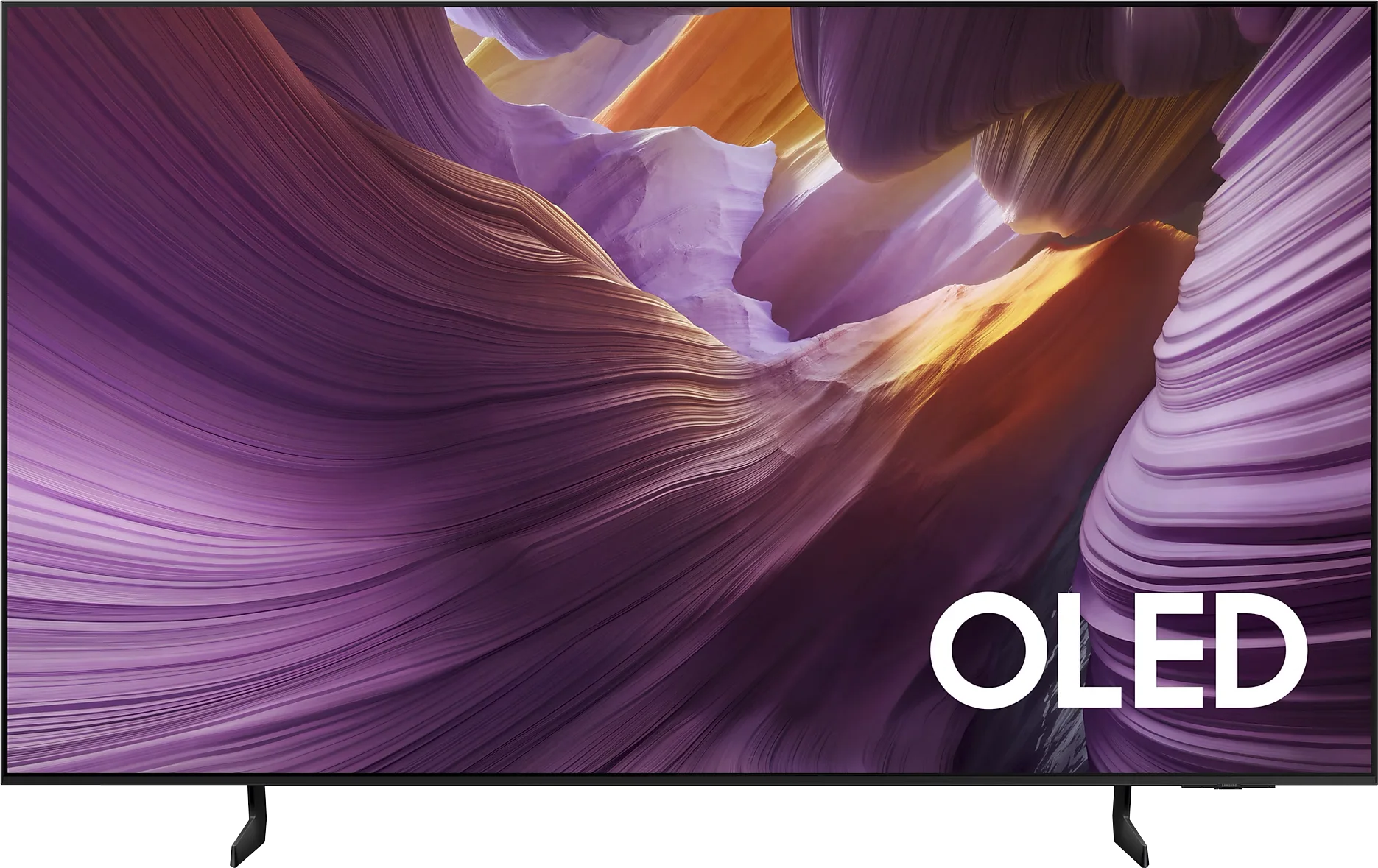
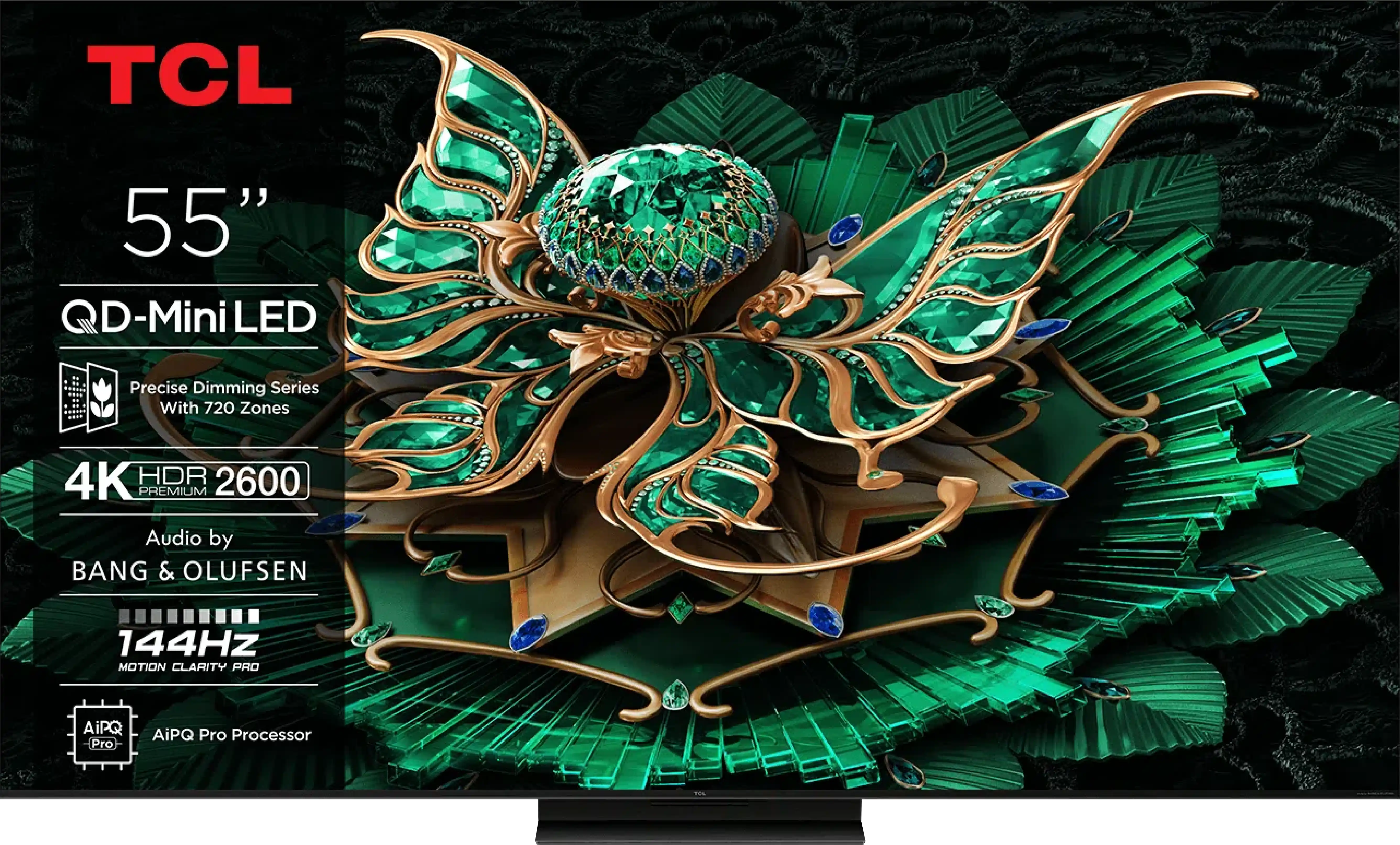
Panel type: QD-OLED
Resolution: 3840x2160
System: Tizen
Model year: 2025
Complete the survey to find out the result

Panel type: LCD VA
Resolution: 3840x2160
System: Google TV
Model year: 2025
Complete the survey to find out the result

Overall rating
8.0
7.4
Movies and series in UHD quality
8.3
7.2
Classic TV, YouTube
9.0
6.9
Sports broadcasts (TV and apps)
8.8
6.8
Gaming on console
9.3
8.7
TV as a computer monitor
7.6
8.4
Watching in bright light
5.1
6.4
Utility functions
7.3
7.3
Apps
8.7
9.6
Sound quality
7.2
7.7
Complete the survey to find out what fits your preferences
Advantages
Amazing black and contrast
Incredible color palette coverage thanks to the QD-OLED panel
Great picture in SDR and HDR content
High color fidelity after calibration
Very good image smoothness – 120 Hz OLED panel
Rich set of features for gamers: VRR, Game Bar, low input lag
4 HDMI 2.1 ports with full bandwidth of 48 Gbps
Advanced and smoothly operating Tizen system
Solar Remote with multiple capabilities
Very good black - VA panel with a large number of Mini-LED zones
High brightness in HDR - over 1000 nits
Great for gamers - HDMI 2.1, low input lag, VRR, ALLM, etc.
Good motion fluidity - 144Hz panel
Supports multiple HDR formats: HDR10, HDR10+, Dolby Vision
Google TV operating system with access to a huge app library
Pleasant sound from built-in speakers (6.2.2) Bang & Olufsen
Disadvantages
No USB recording function and PiP
No Dolby Vision
Slight cherry black under very strong external light (not visible during viewing in cinematic conditions)
No HGiG function*
* This function disappeared with the software update 1110.7 – we are monitoring this situation continuously.
Google TV can work with minor stutters
No USB recording and PiP function
Our verdict
There are TVs that make it to reviews and at first glance seem like just another "mediocre" model. The TCL C7K looks just like that – without big slogans about revolution, without ambitions to dethrone OLEDs. Yet after spending a few days with this model, it's hard not to come to the conclusion that it's truly a successful piece of equipment. The biggest advantages? Very good picture quality at a reasonable price. MiniLED combined with a QLED filter delivers vibrant colors, high brightness, and contrast that really impresses in this class. Motion in sports or games looks smooth, and the presence of HDMI 2.1 and 144 Hz refresh rate makes gaming on this model pure enjoyment. Additionally, the Google TV system offers a huge range of possibilities: from voice control, to AirPlay support, to access to all the most important applications.
Are there any drawbacks? Yes. MiniLED still has its limitations, and in the most challenging movie scenes, compromises in dimming can be noticeable. Google TV also doesn't always operate perfectly smoothly. But these are rather minor issues that do not overshadow the overall picture – which is truly positive. It’s also worth highlighting the difference between variants. The 50-inch version we tested can be surprising, but the 55–85 inch models perform distinctly better – they have more backlight zones, even better contrast quality, and superior sound. Therefore, if you're considering purchasing the C7K, it's definitely worth going for a larger size.
TV appearance
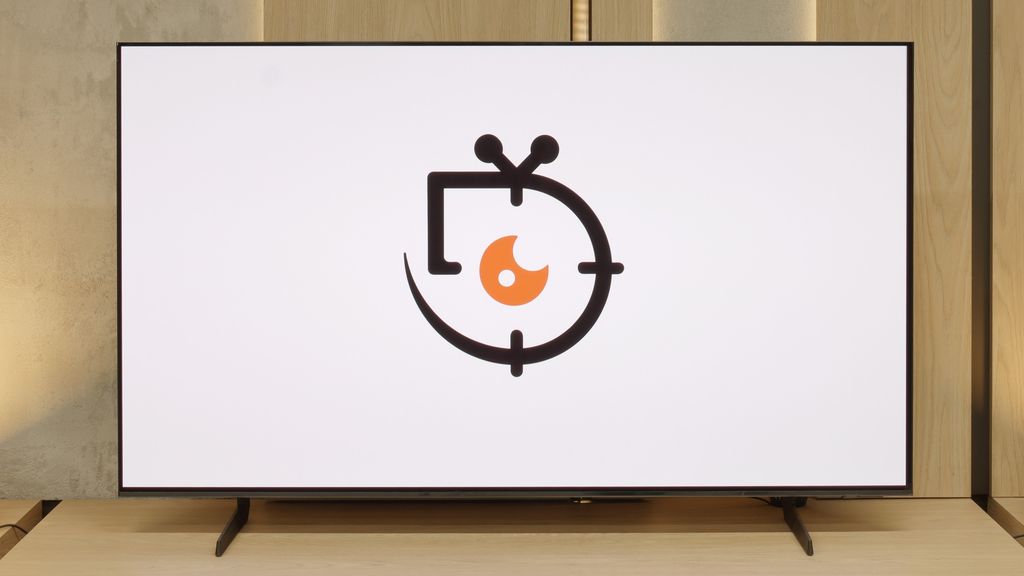

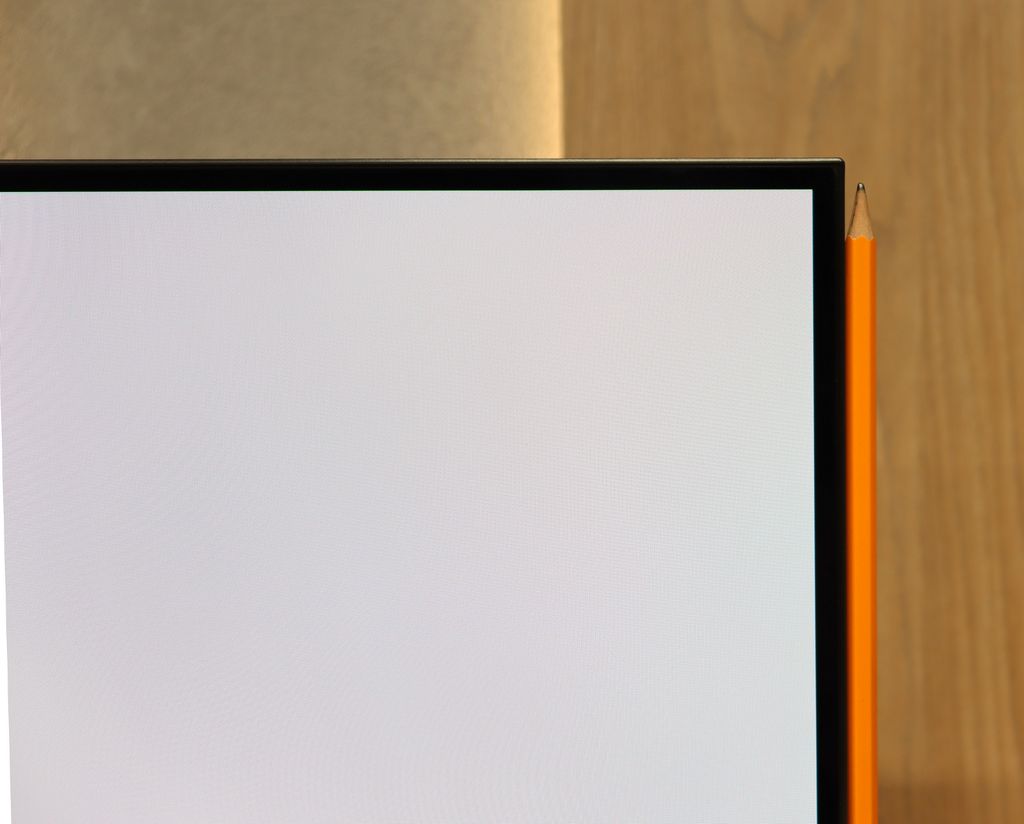
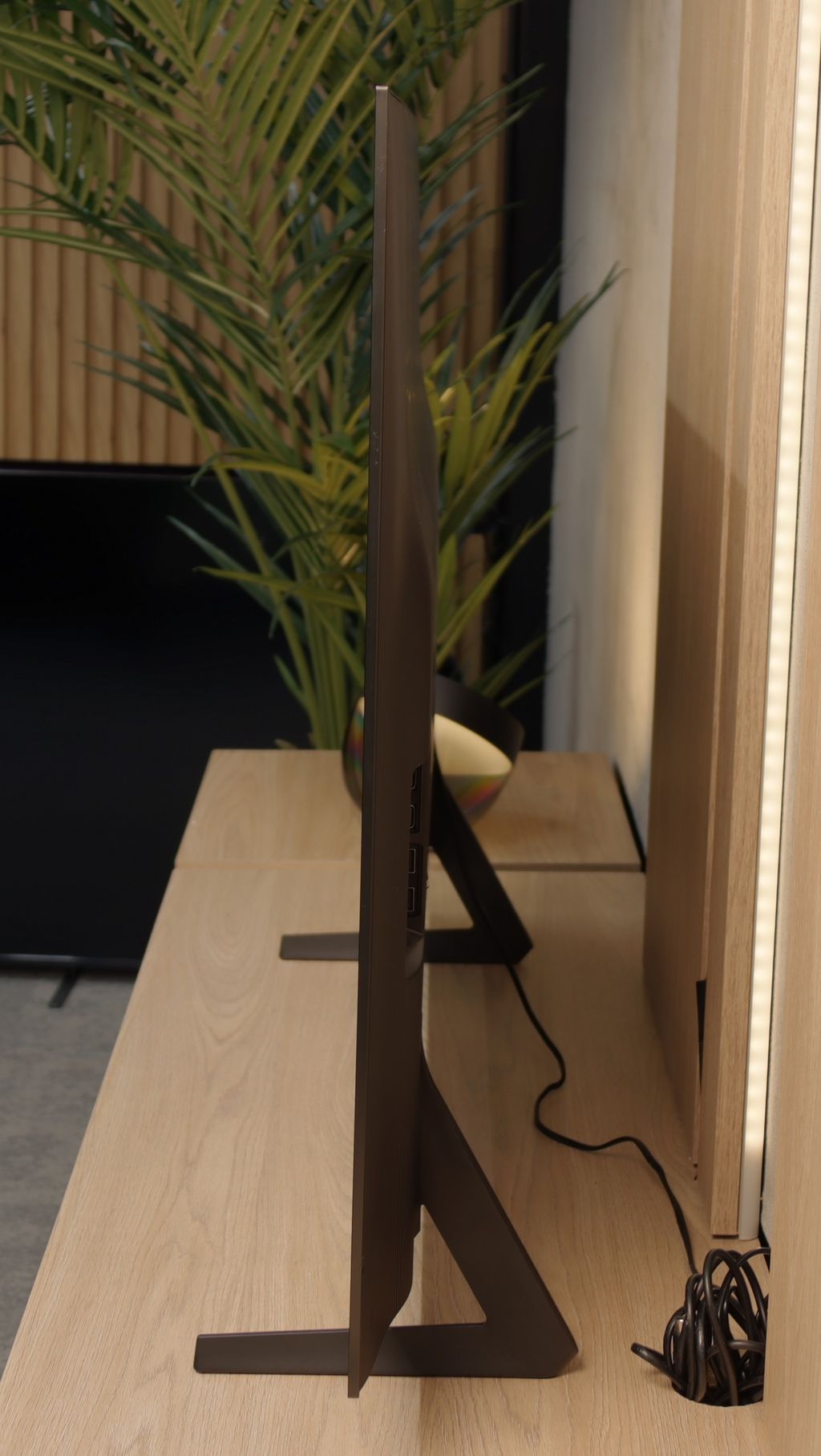

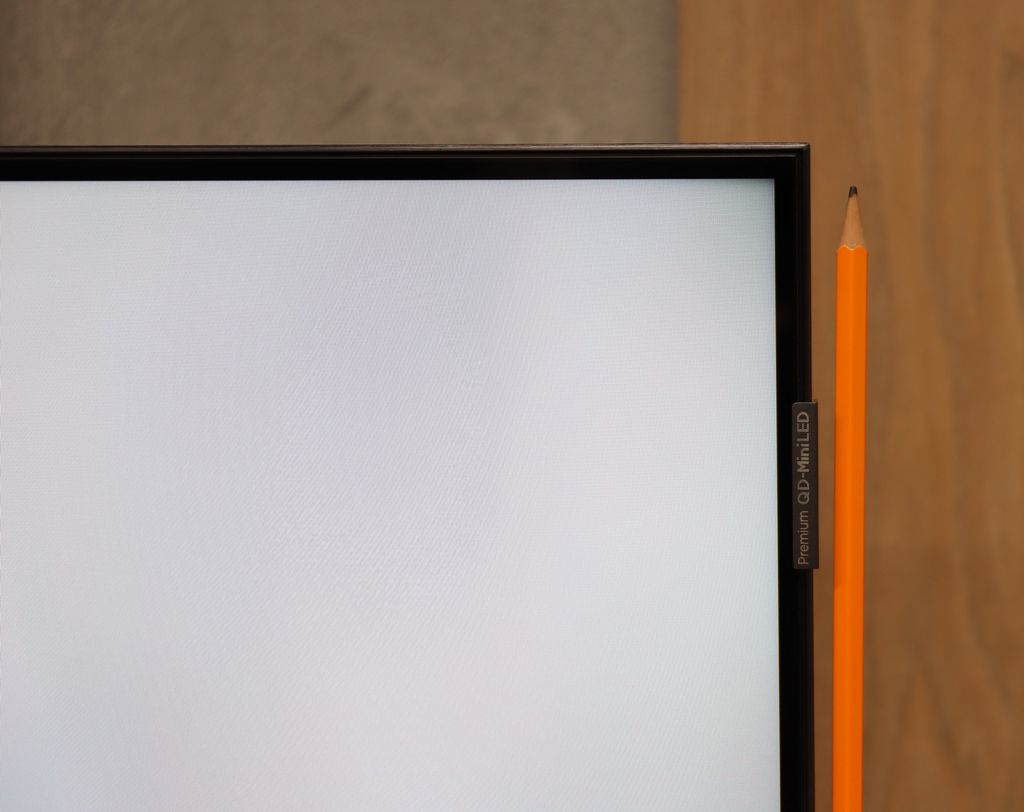
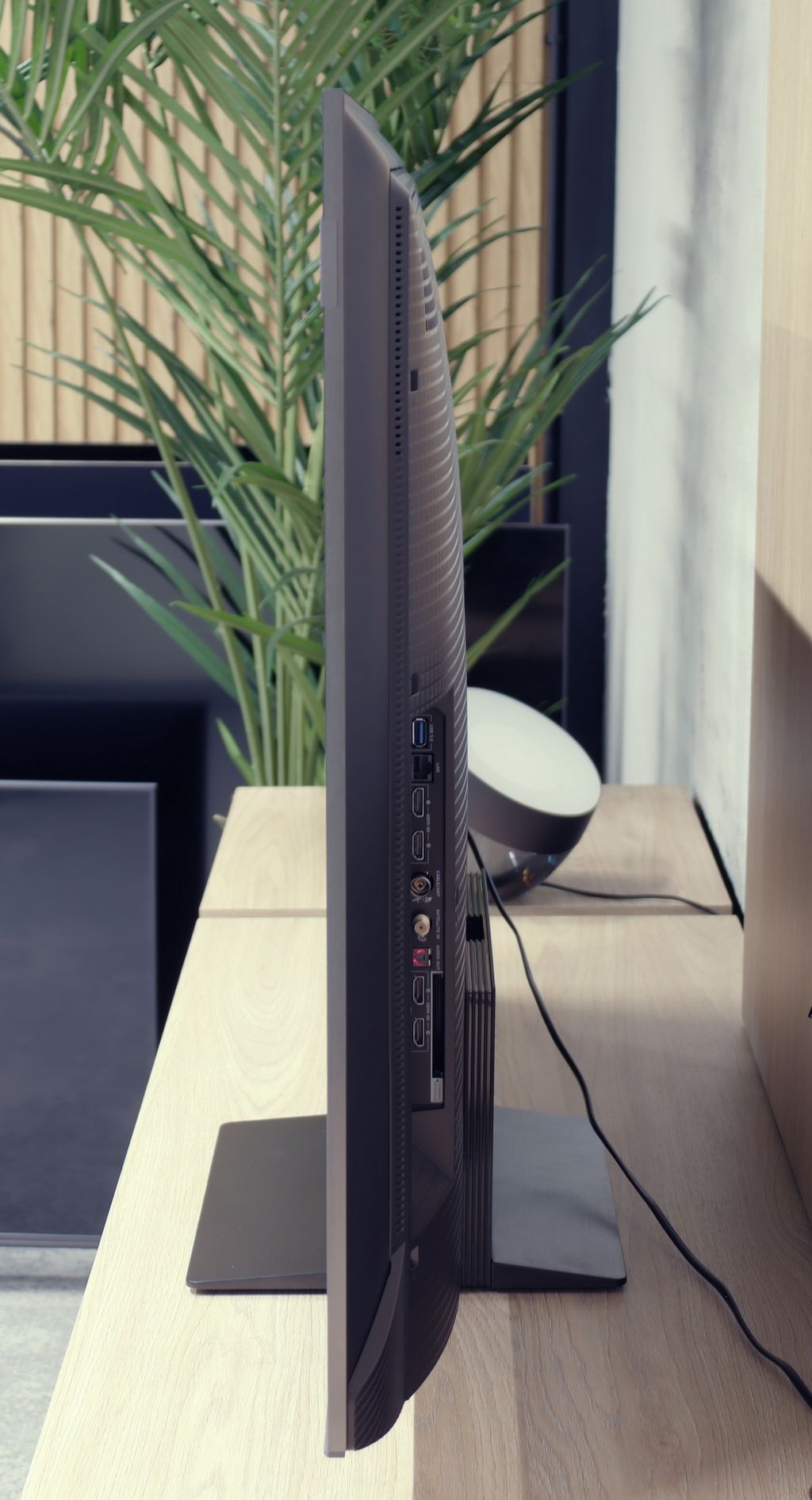
Where to buy
Contrast and black detail
10/10
8.1/10
Local dimming function: Yes, number of zones: 1008 (42 x 24)
Contrast:

Result
∞:1

Result
∞:1

Result
∞:1

Result
∞:1

Result
∞:1

Result
256,000:1

Result
59,850:1

Result
22,200:1

Result
16,850:1

Result
11,400:1
Halo effect and black detail visibility:
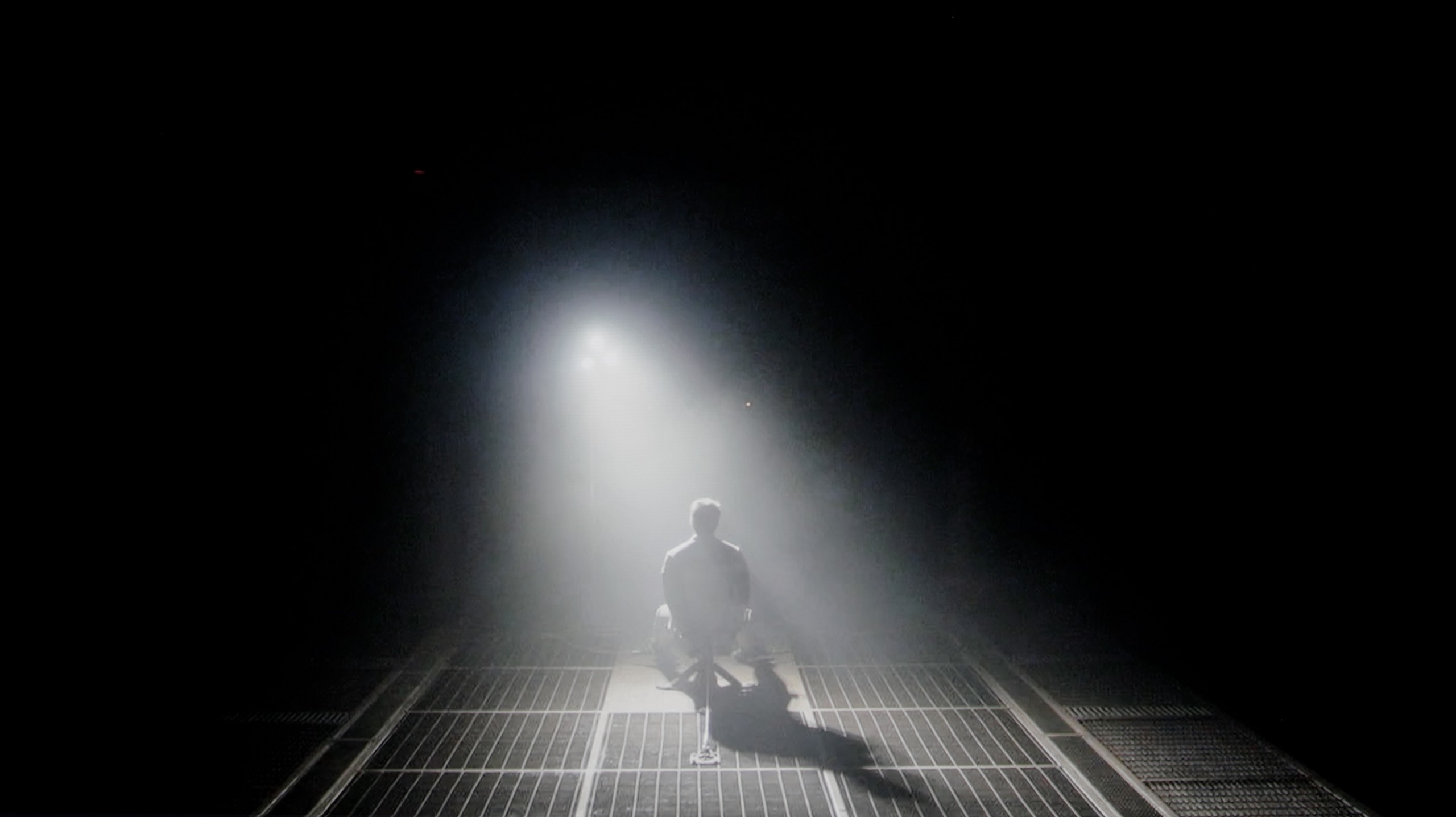
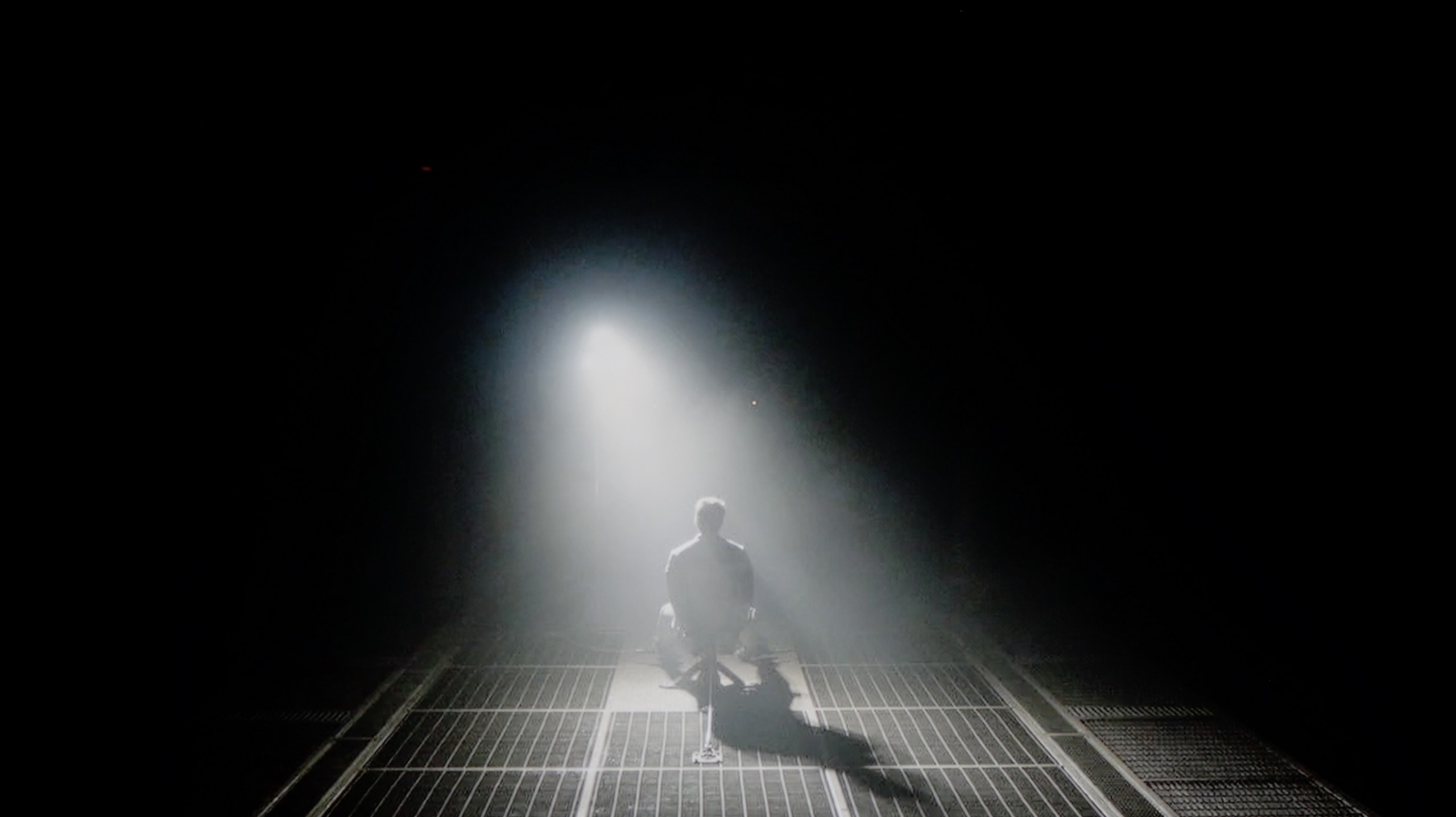
The Samsung S85F in the 55-inch version has something exceptional – it features a QD-OLED panel. This sounds quite surprising, but that’s the fact, at least in Poland. So the question arises: is the difference from last year's S85D with a WOLED panel even noticeable? Yes, although in this particular test – black levels and contrast – it practically makes no difference.
Regardless of the scene, the S85F delivers infinite contrast and perfect black levels that we expect from any OLED. These results can amaze even the most demanding movie enthusiasts. It’s worth noting that such deep blacks can only be offered by televisions with organic panels – and it doesn’t matter whether it’s WOLED or QD-OLED. So, if you dream of a screen that can "turn off" the light in a scene as effectively as an independent cinema in a dark room, the S85F is one of those televisions.
The results of black and contrast tests on models from 55 to 85 inches are very similar, which is why in the main part of the evaluation we refer to the 65-inch version. It is a natural phenomenon that larger sizes mean a greater number of backlight zones, and in the case of 65 inches, we counted over 1000. The effect is very good – the contrast is at a high level and is definitely better than in the smallest, 50-inch variant. Typical MiniLED limitations are still noticeable, such as the halo effect or a somewhat too aggressive dimming of the image, but here they are less perceptible than in the smaller model.
For comparison, it is worth recalling that the 50-inch TCL C7K, although surprising with its use of as many as 336 dimming zones, had difficulties managing the backlight in more complicated scenes – there were instances of overexposure or loss of detail. In larger sizes, this problem does not disappear completely, but thanks to a greater number of zones, its impact on the image perception is less bothersome.
HDR effect quality
6.2/10
6.2/10
Luminance measurements in HDR:

Result
666 nit

Result
703 nit

Result
742 nit

Result
732 nit

Result
433 nit

Result
1108 nit

Result
405 nit

Result
865 nit

Result
290 nit

Result
848 nit
Scene from the movie “Pan” (about 2800 nits)


Scene from the movie “Billy Lynn” (about 1100 nits)

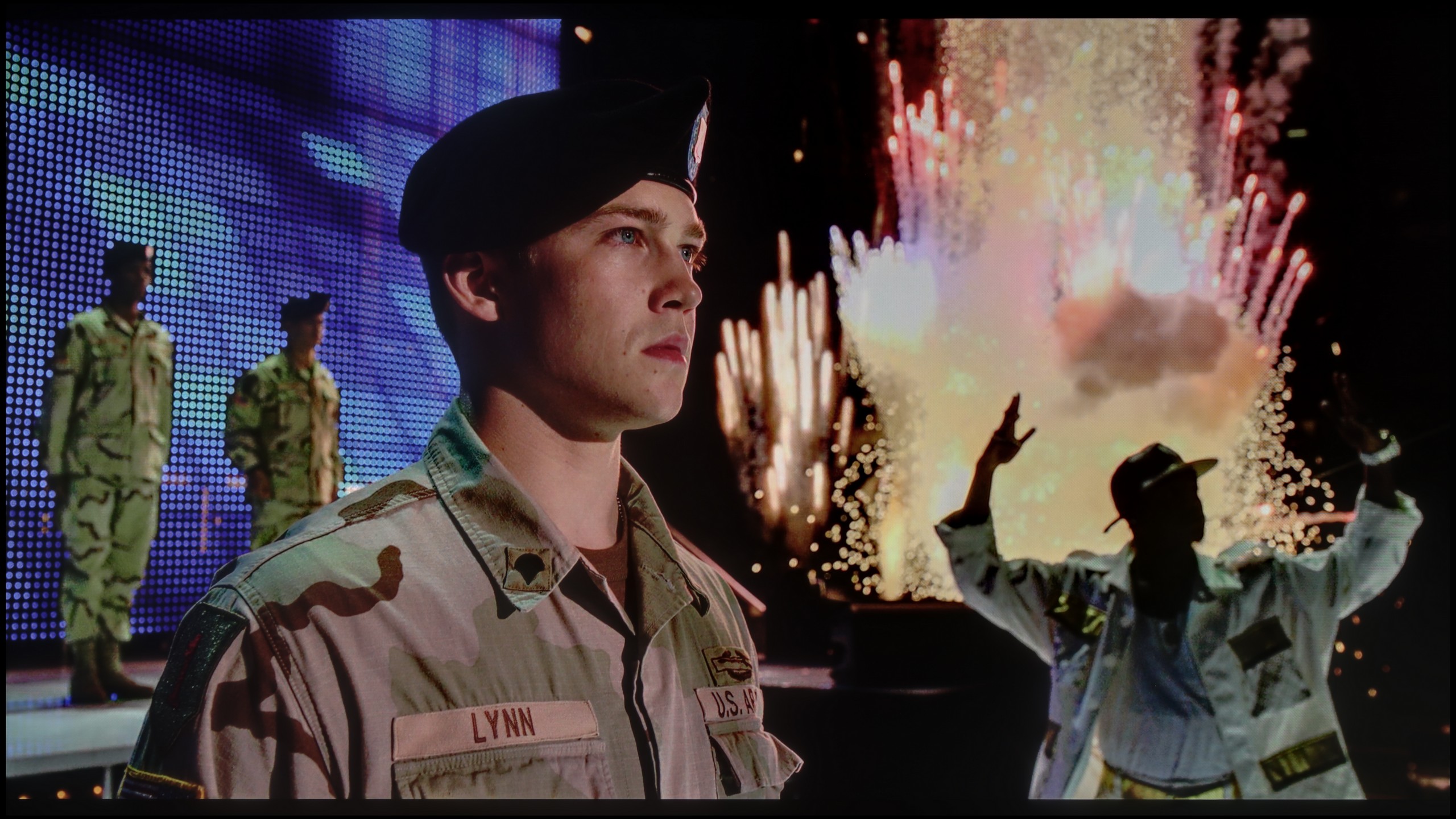
Static HDR10


Dynamic: HDR10+
Dynamic: Dolby Vision


HDR luminance chart:
TCL C7K / QM7K 55"-85"
Luminancja HDR
Luminance of RGB colors
Samsung OLED S85F (QD-OLED)
Luminancja HDR
Luminance of RGB colors
As an OLED, the Samsung S85F can really shine – literally. Under favorable conditions, it can generate brightness exceeding 750 nits. This is hugely significant because most movies are created with displays around 1000 nits in mind. In practice, this means that in scenes with moderately large bright elements, the image can look simply fantastic. However, it's not always so rosy. When there is a massive amount of light on the screen – whether it's a vast bright background or an entire screen filled with white – the S85F must tone it down. The brightness can drop by even four times in such scenes. This limitation is known to basically every OLED in this price range, so we don't consider it a particular failing. However, something that deserves praise is what sets this model apart from the competition – color gamut coverage. Thanks to the QD-OLED panel, our colorimeter showed values exceeding 100% DCI-P3 coverage and as high as 86% for the ultra-wide BT.2020 palette. Such results are hard to find even in televisions that cost several times more.
In terms of brightness, the models from 55 to 85 inches in the C7K series are truly impressive. In the best testing conditions, the 65-inch screen achieved over 1200 nits, which practically means that the brightest scenes can dazzle with almost cinematic brilliance. These are not just dry numbers from measurements – during screenings, white skies, explosions, or light reflections on water looked incredibly striking, often giving the impression that the television exceeds its price class. This is particularly effective in scenes with a large area of illumination, where the screen is filled with intense brightness – such as in sun-drenched shots or during dynamic action sequences. Viewers looking for strong HDR will definitely be satisfied.
However, scenes requiring precise control of backlighting – with small points of light on a dark background – are more challenging. Here the C7K, despite having over a thousand zones, can still dim brightness to maintain deep blacks. The effect is that in films like Sicario 2 or Life of Pi, some details, such as a distant lantern or single reflections, can be less defined or blend in with the surroundings. This is a compromise inherent to MiniLED technology – it provides excellent image depth and blacks at a level that ordinary LCDs do not offer, but this comes at the cost of limited visibility of the smallest lights.
Factory color reproduction
5.5/10
6/10


Factory Mode
After calibration
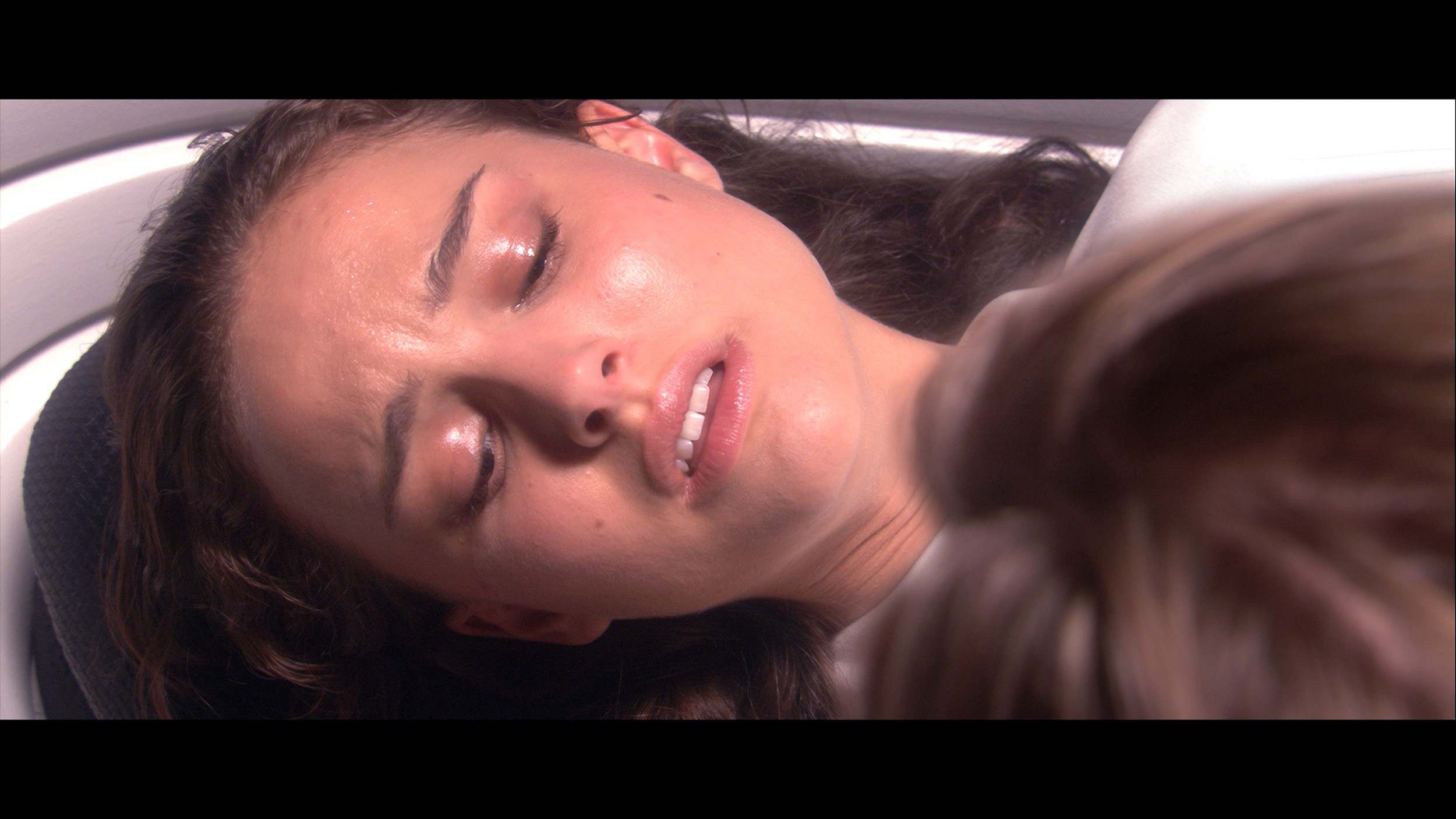
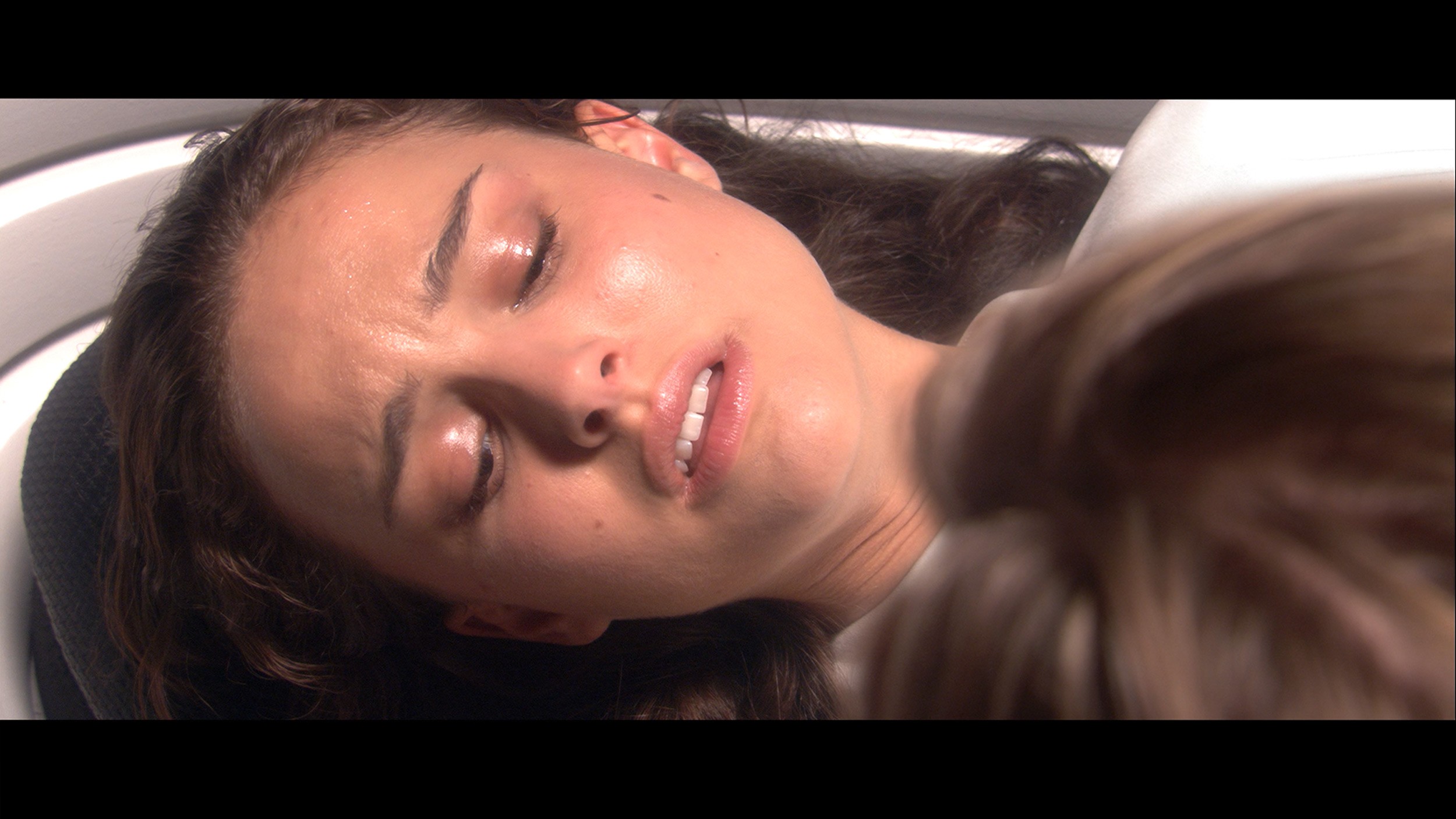
Factory Mode
After calibration
Samsung, as befits a manufacturer with ambitions, equipped the S85F with a mode called Filmmaker. Its task is simple: to make the colors on the newly purchased television as true to what the director wanted us to see as possible. Sounds great… but, as often happens, a great-sounding theory doesn’t always translate into perfect practice.
In the tested unit, it quickly became apparent that the image – due to an excess of blue and red – looked as if someone had overdone the saturation a bit. As a result, quite significant color errors appeared, particularly in 4K content. To make matters worse, there was a brightness issue – the S85F could brighten most scenes more than it should, taking away their intended mood.
Fortunately, Samsung televisions, including the S85F, offer an impressive number of settings for advanced calibrators. This means we could check what this panel is truly capable of when it gets into the right hands.
The novelty in TCL televisions for 2025 is the long-awaited Filmmaker mode, which until now could be found in most competitive brands. This is great news because this mode is considered the most faithful to the original vision of the creators and is often recommended by enthusiasts of good picture quality. Unfortunately – as is often the case – the mere presence of this mode does not guarantee perfection. The Filmmaker mode in the TCL C7K is not free from flaws. One could point out the incorrect white balance, particularly the slight dominance of blue, which led to cool, somewhat grayish skin tones. But that was not the biggest problem. The main complaint was excessive brightness exposure, which is clearly visible in the gamma and EOTF charts. The image was simply too bright, at times almost blown out, which affected not only the depth of scenes but also the overall viewing experience. Some details were simply lost, and the whole image looked as if someone had slightly overdone the brightness slider. As always – we decided to see what could be squeezed out of this after calibration. And that’s when things started to get really interesting…
Color reproduction after calibration
9.3/10
7.5/10
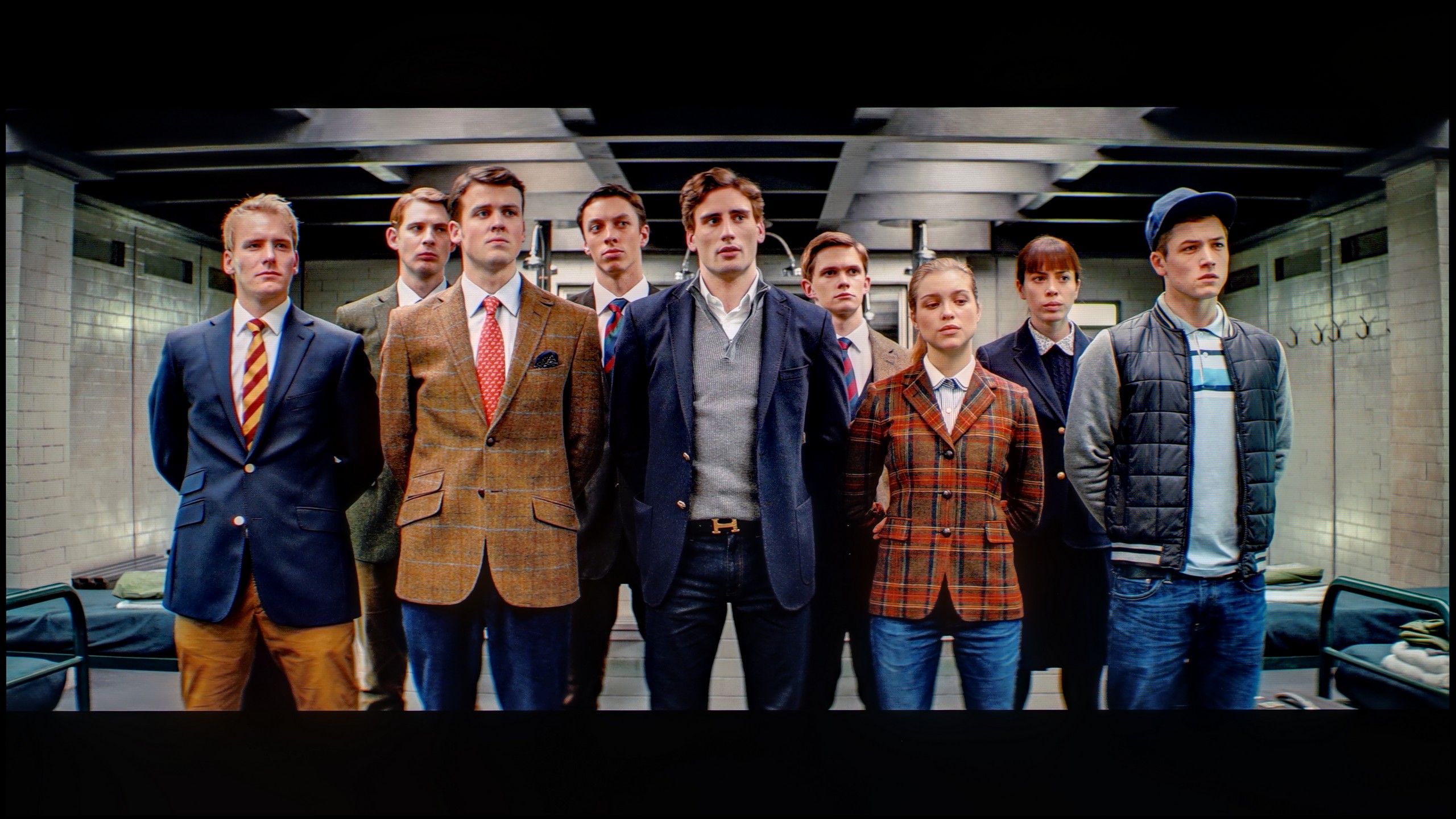
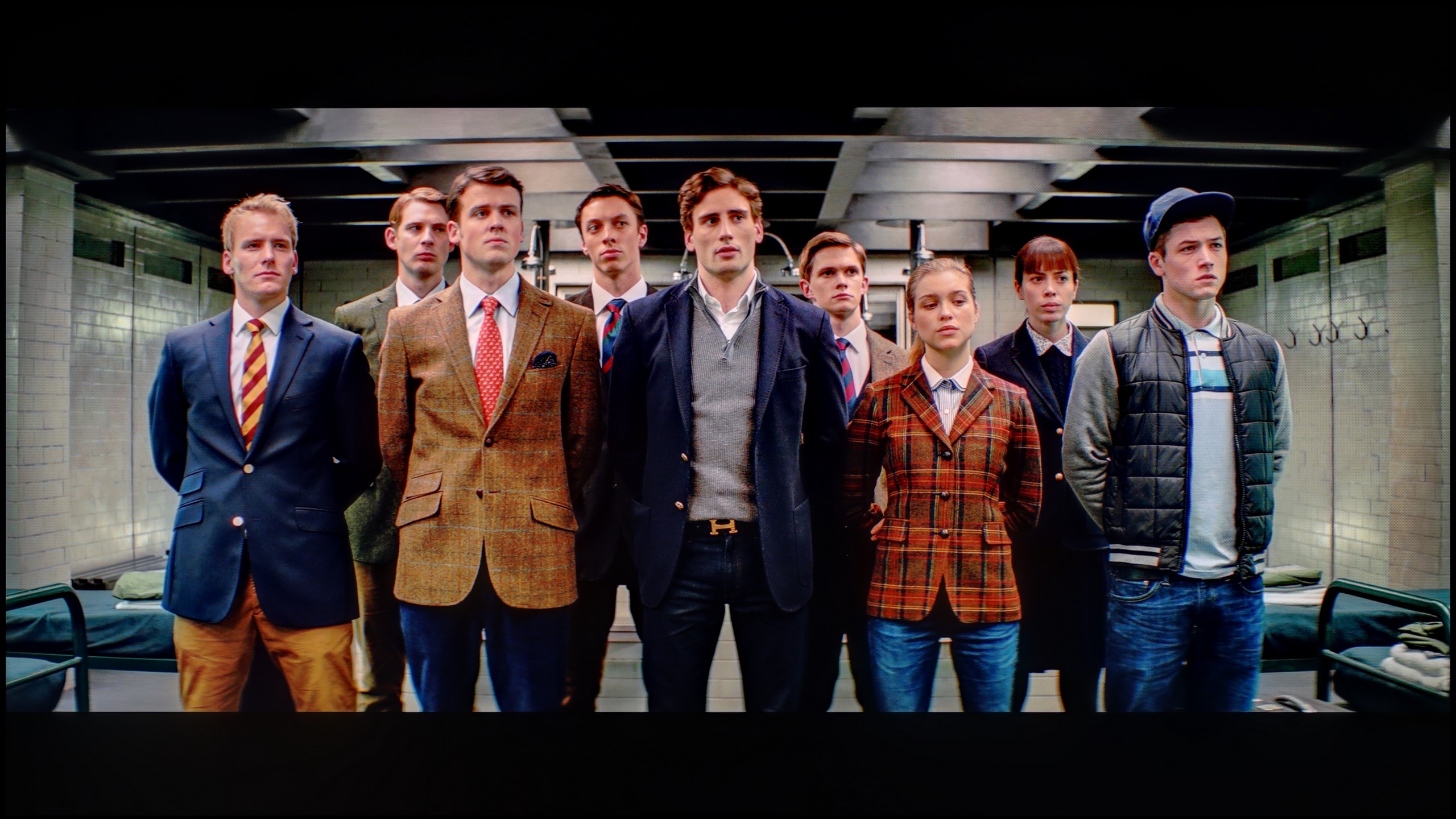
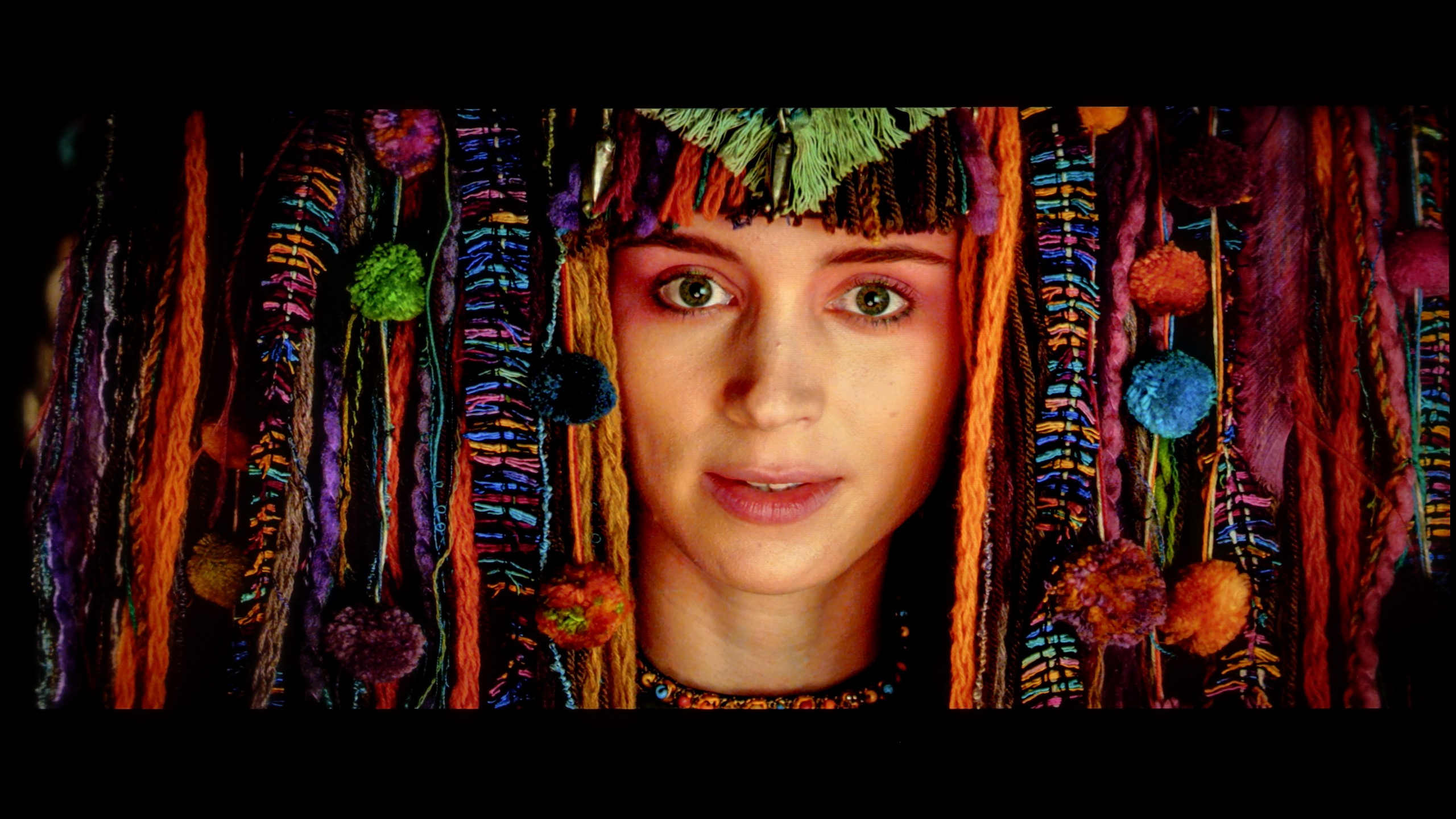

Thanks to the vast number of settings in the menu, we managed to bring the S85F almost to perfection. White balance in SDR content? Literally perfect – deviations do not exceed a value of "1". Thus, it can be confidently said that in materials with not very high dynamics, we have an image close to reference.
In HDR content, minor issues did arise, but they are of little significance in practice – most errors fall below the threshold of perception, which is a value of "3". We also managed to tame the S85F regarding brightness management – the EOTF curve, even in films, adheres to an almost perfect line. This is one of those cases where after calibration, you can comfortably forget about the settings and simply enjoy movies and series at the highest level.
After calibration, the TCL C7K showed itself in a really good light, especially when it comes to SDR content. We managed to tune the white balance, color gamut, and brightness characteristics so precisely that color errors on the ColorChecker palette dropped below a value of 2. For the uninitiated – this is almost a perfect result, which means that the image is very close to what the creators intended. Unfortunately, it looked worse with 4K HDR content. Although we were able to slightly calm the white balance and correct its previous errors, it is still evident that the television has some "MiniLED traits," especially in brightness management. When we checked how the C7K handles the EOTF curve on actual film scenes, and not just on synthetic test patterns, it turned out that the screen still tends to slightly brighten the entire image. This affects the overall experience – black loses some depth, and the image becomes less contrastive than it should be. Despite these minor shortcomings in HDR content, the overall reception of materials – especially in SDR – is really very good. After calibration, the C7K can display an image that can successfully compete with much more expensive models. Good color tuning, natural skin tones, and pleasant brightness make movie sessions and everyday content viewing more than satisfactory.
Smoothness of tonal transitions
7.9/10
8.6/10





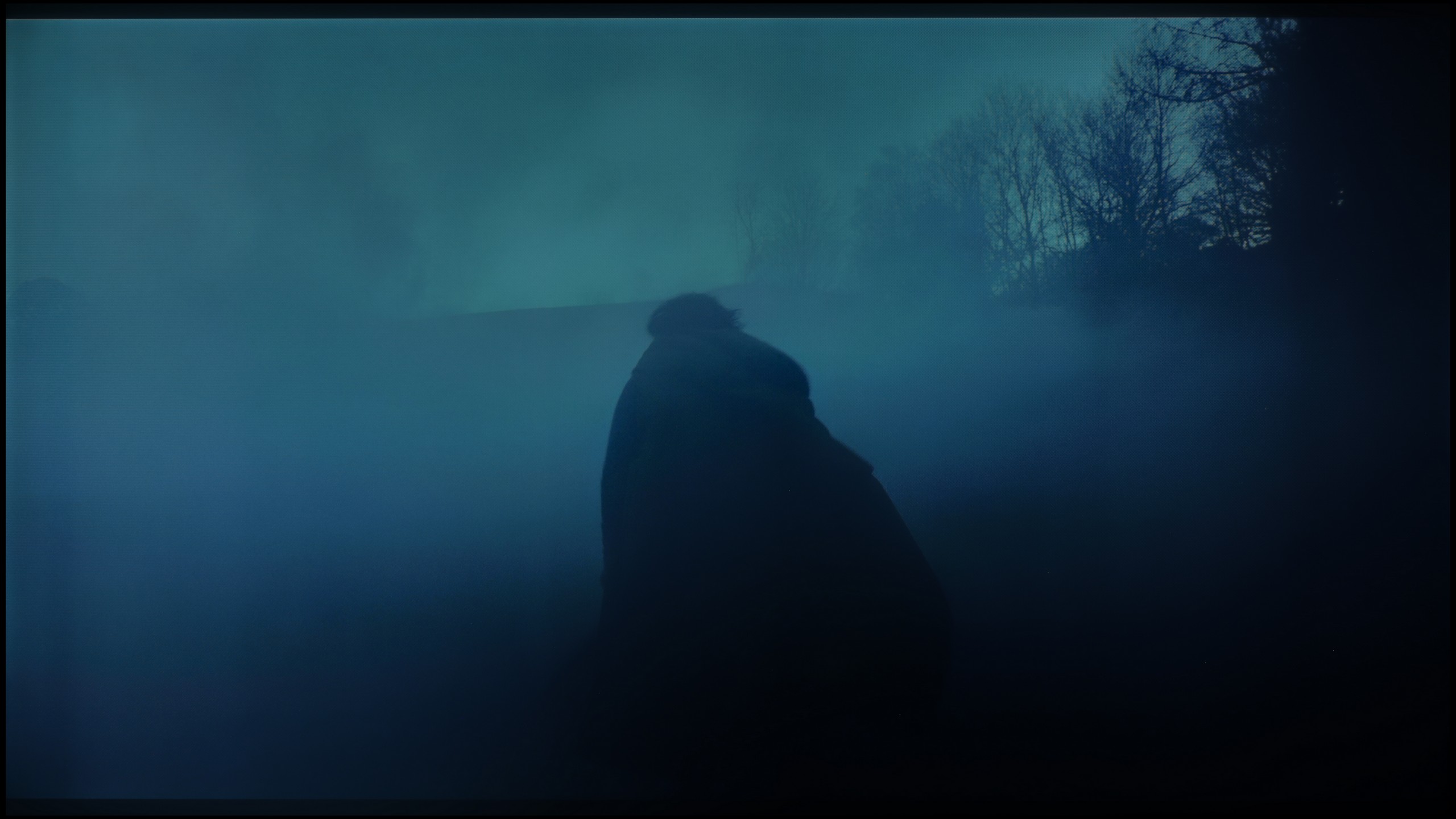
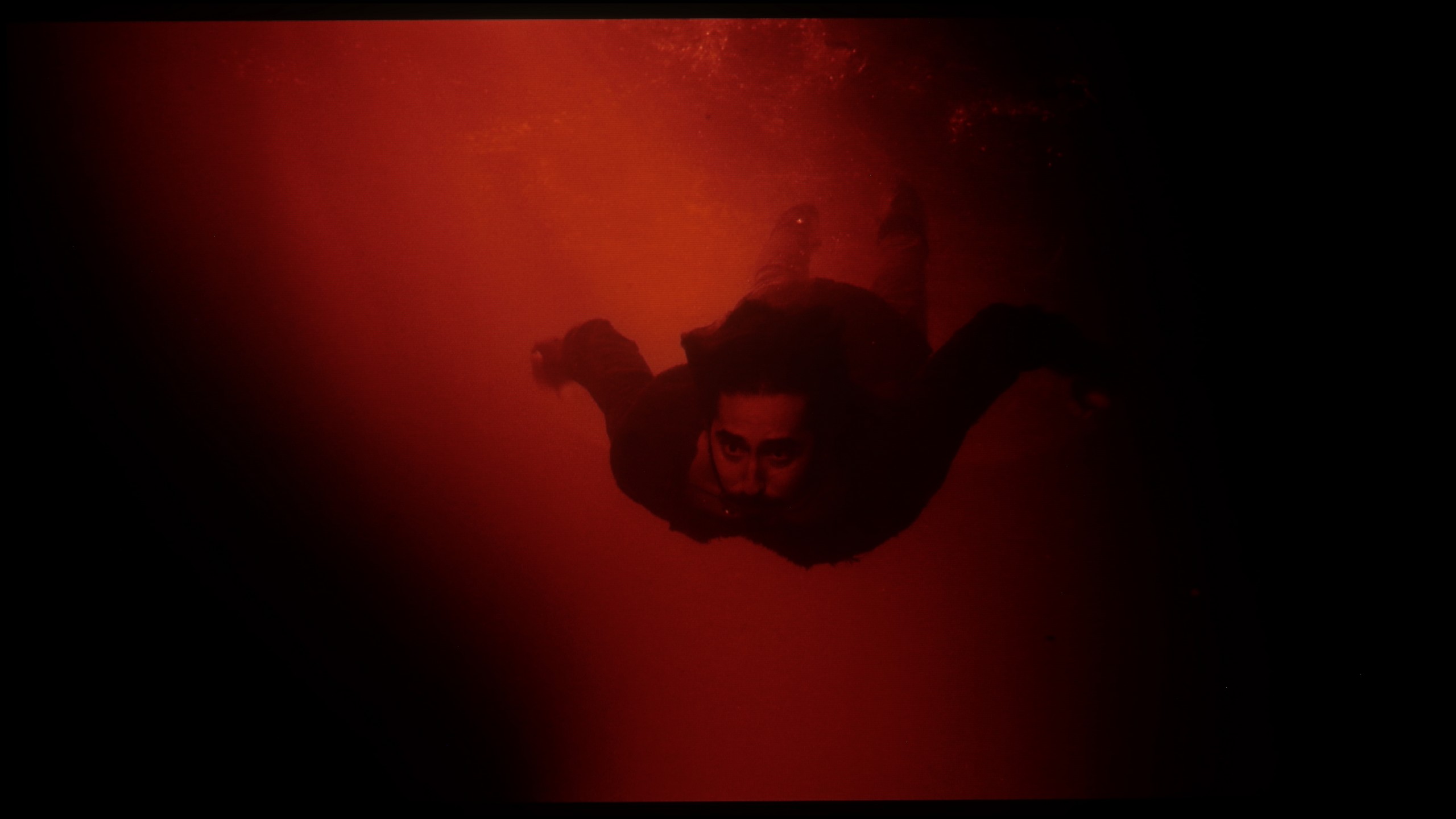
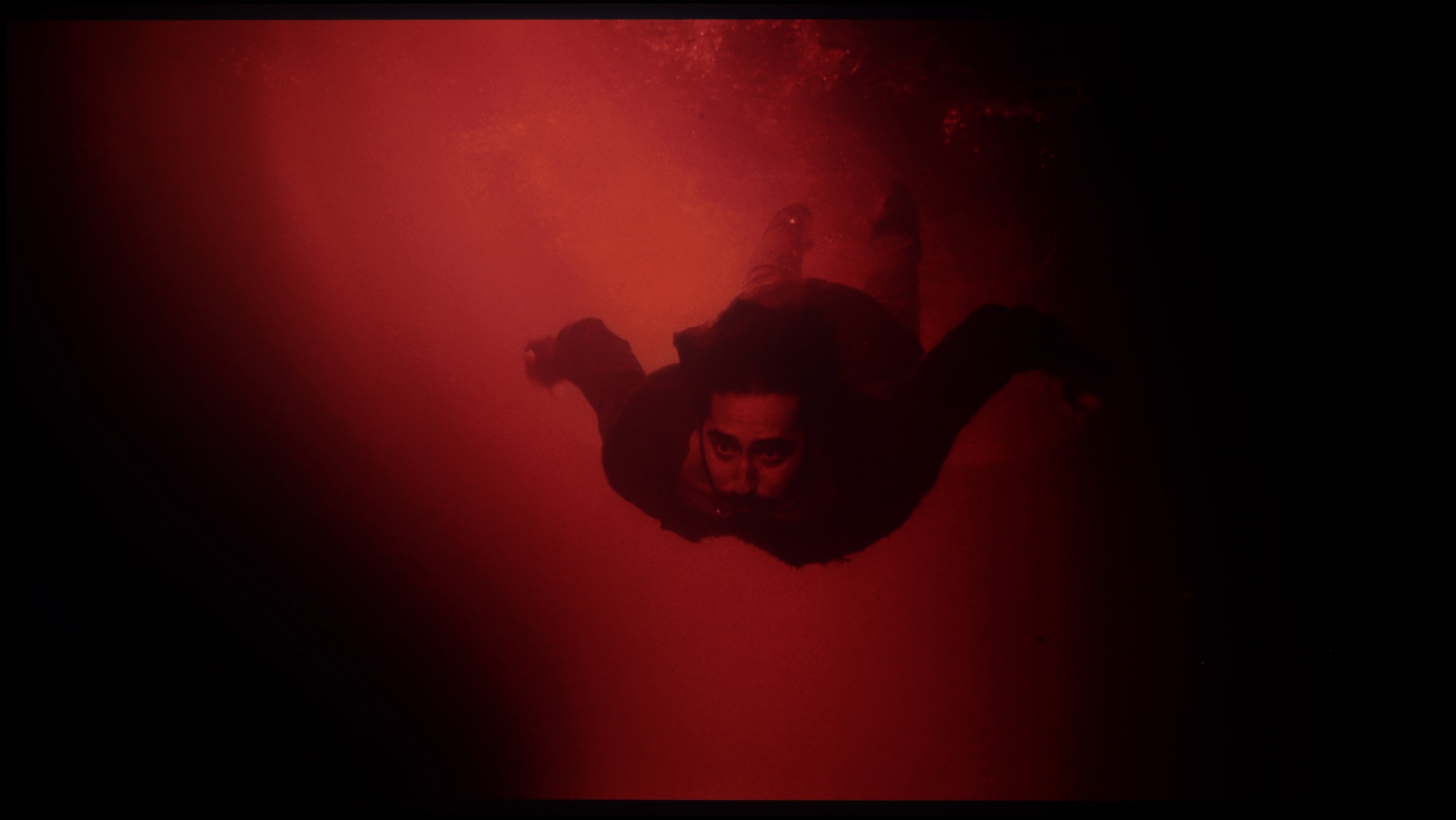




Thanks to the QD-OLED panel, the color blending on the S85F performs really well. It's especially worth noting how it handles the darkest, most demanding scenes – where most televisions start to struggle, this model works almost perfectly.
Interestingly, a minor stumble can be noticed in those easier, brighter shots. There is a slight banding of colors, but it's so subtle that it's hard to believe it would actually bother anyone while watching.
TCL C7K handles color gradation very well – in most tested scenes, the tonal transitions were smooth, and the colors blended together without visible outlines or an artificial “blots” effect. In everyday use, it’s hard to find anything to complain about – the image looks natural, without irritating transitions or digital artifacts. Certain limitations only appear in very dark tones – especially in a heavily muted gray palette, where the television may struggle to reproduce the perfect gradation. But that’s absolutely understandable, as even many significantly more expensive models in this range simply give up. Fortunately, these situations are rare and do not significantly affect the overall perception.
Image scaling and smoothness of tonal transitions
7/10
5.5/10
Smooth transition function
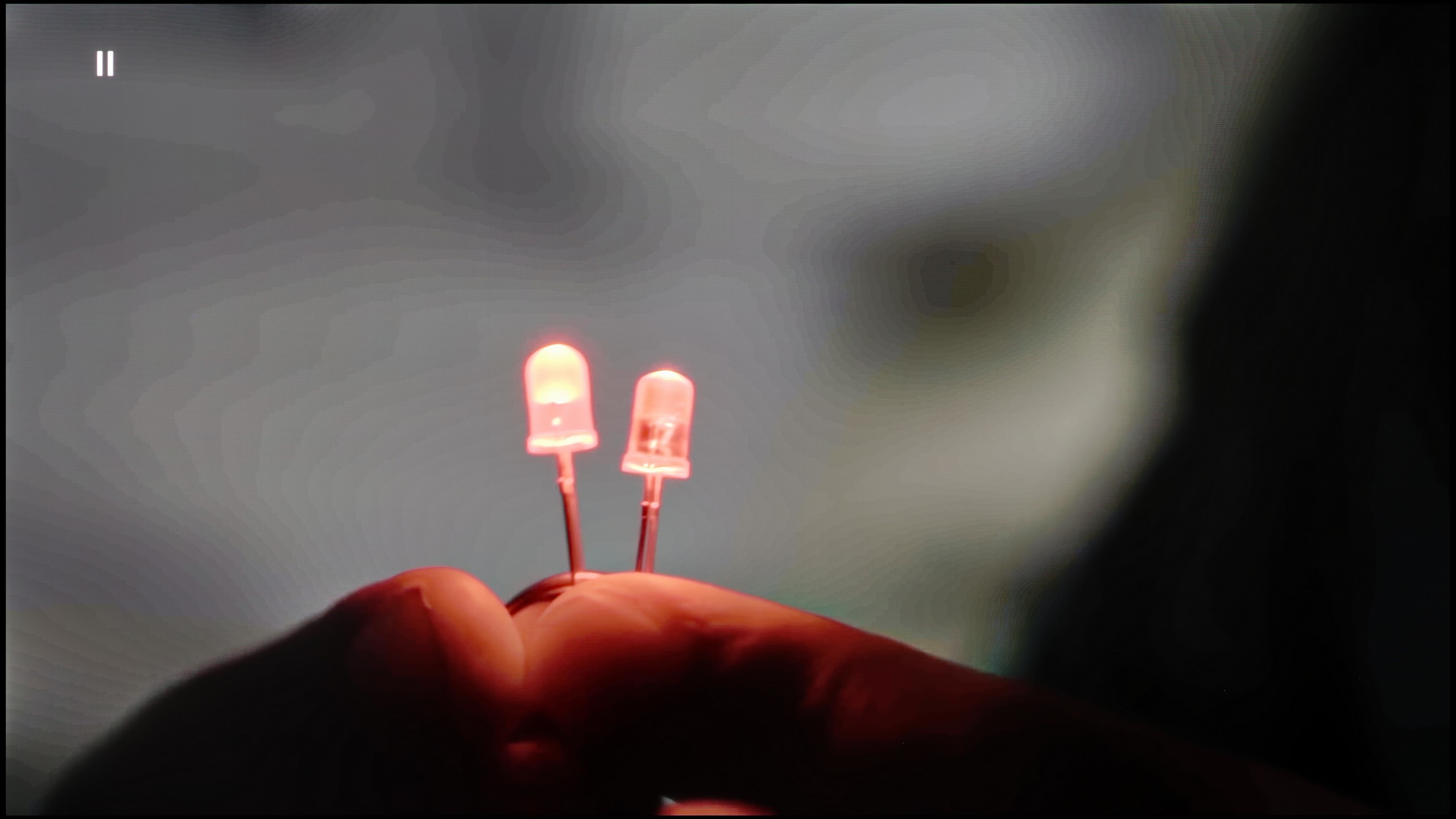
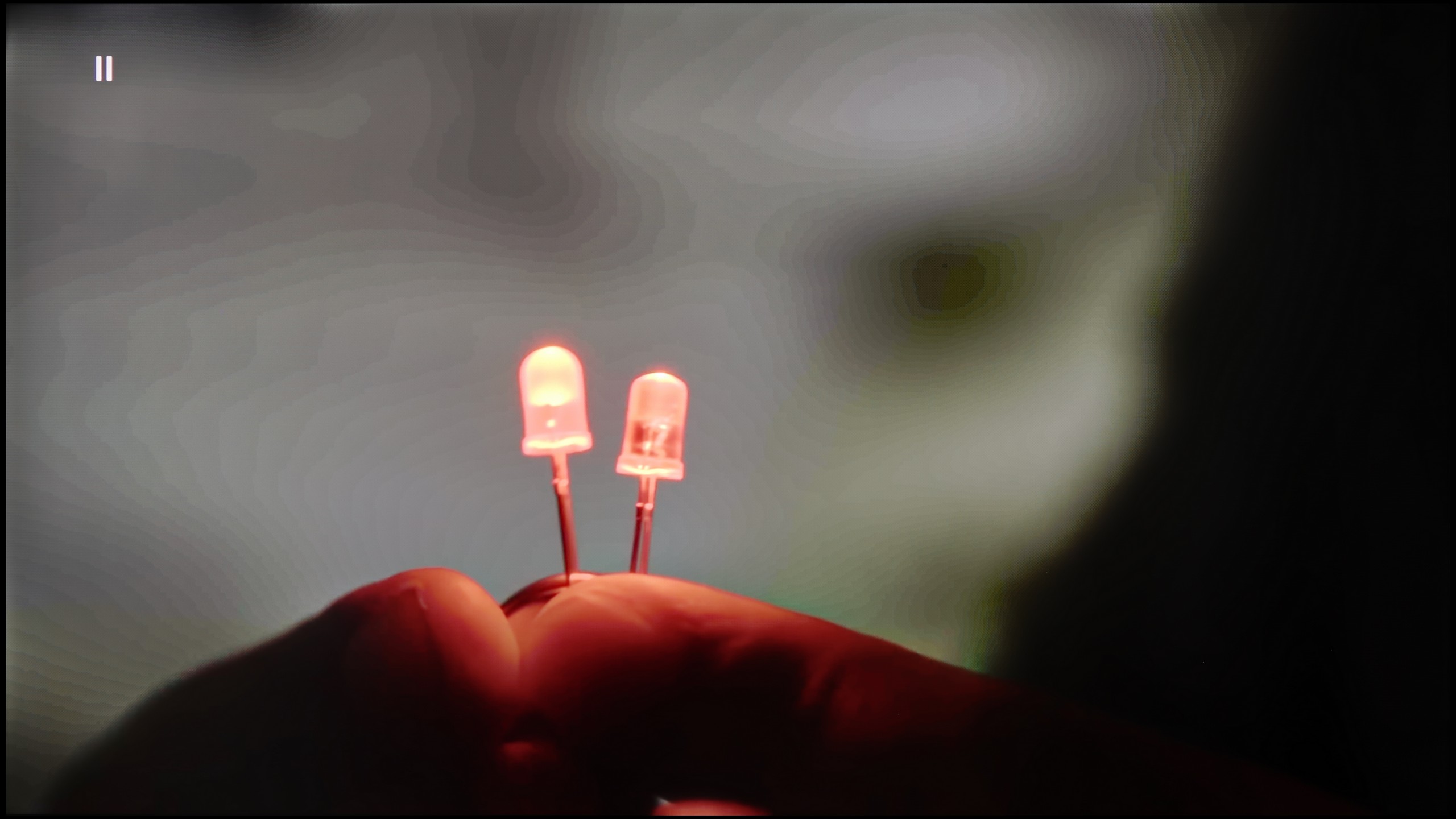
Image without overscan on the SD signal
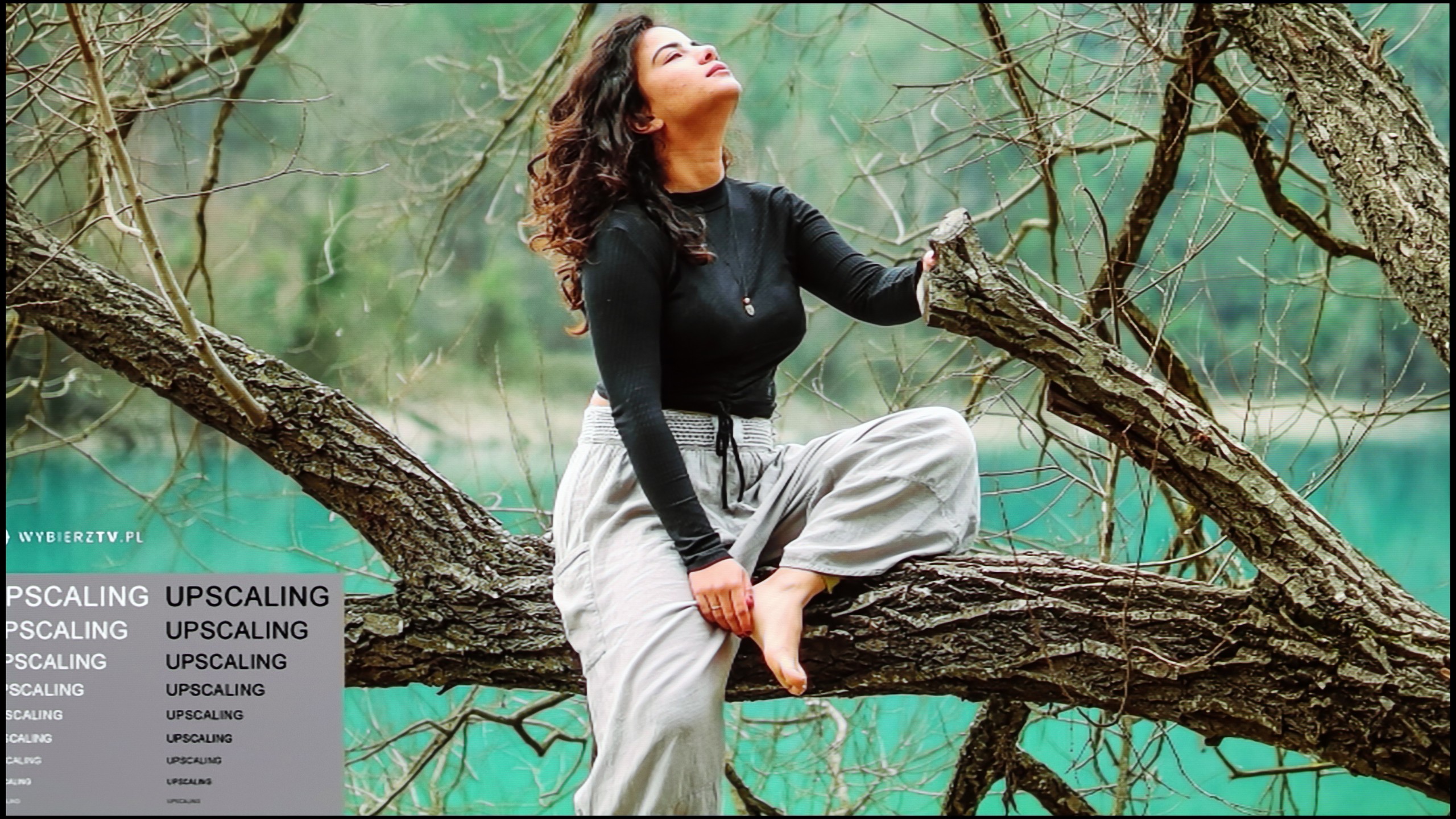
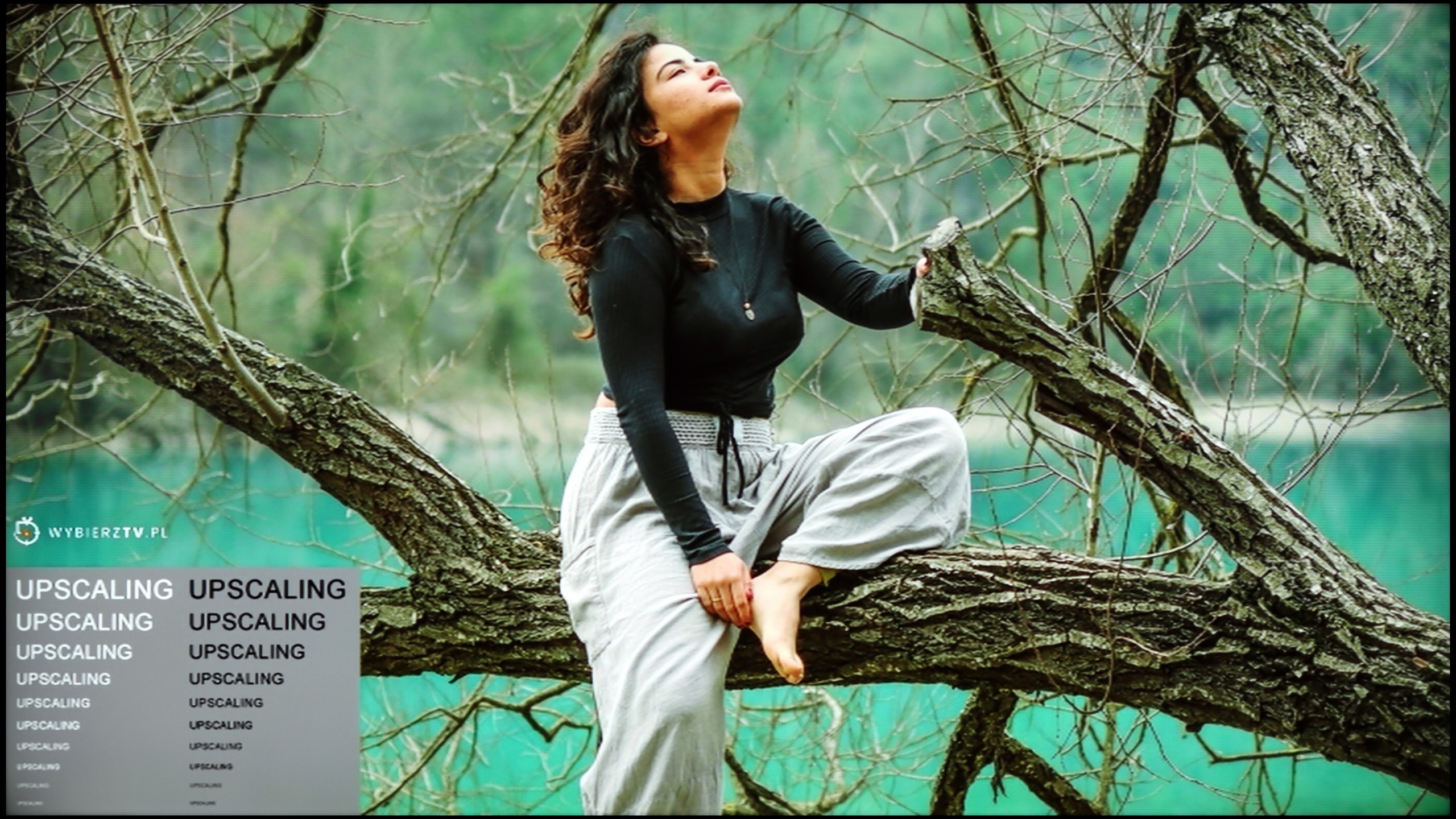
The tone transition smoothing feature in the S85F works really well – it can completely eliminate the problem of visible bands in very poor quality materials, even from YouTube. Unfortunately, even the lowest level of this option comes with compromises. Noise reduction is aggressive enough that it can smooth out film grain, which many of us consider an element of the cinematic atmosphere. At the "Standard" level, we did not notice that this feature removed anything significant from the image, so we can recommend this setting. On the other hand, the "High" level is a different story – it can smooth not only noise but also fine, desirable details such as the texture of objects.
When it comes to image scaling, the S85F performs very well. The material looks sharp, and the only minor imperfection is slightly visible contour jaggedness. And there’s the ongoing issue with Samsung televisions – overscan. This can cause some scenes to have their frames slightly trimmed, which is worth keeping in mind when watching very old content.
TCL C7K features a function that, according to the manufacturer, is supposed to smooth out unwanted color transitions – something like a rescue for less successful tonal changes. It's called "Gradual Smoothing" and... well, it sounds ambitious, but in practice, it works very poorly. Regardless of whether we set it to low or high, the difference is minimal. Worse still – the function can cut out elements from the image that should remain. Fortunately, film grain remains untouched, so at least it doesn't smooth everything indiscriminately, but still – it's better to just turn this option off.
When it comes to scaling lower-resolution content, it's already better. SD and HD materials look quite decent, although sometimes we felt that the image loses sharpness and becomes too soft – as if something took away its clarity. Fortunately, with very low sources (e.g., 576p), there was no overscan effect, meaning the image was not artificially cropped – everything fit on the screen as it should.
Blur and motion smoothness
8.5/10
8.1/10
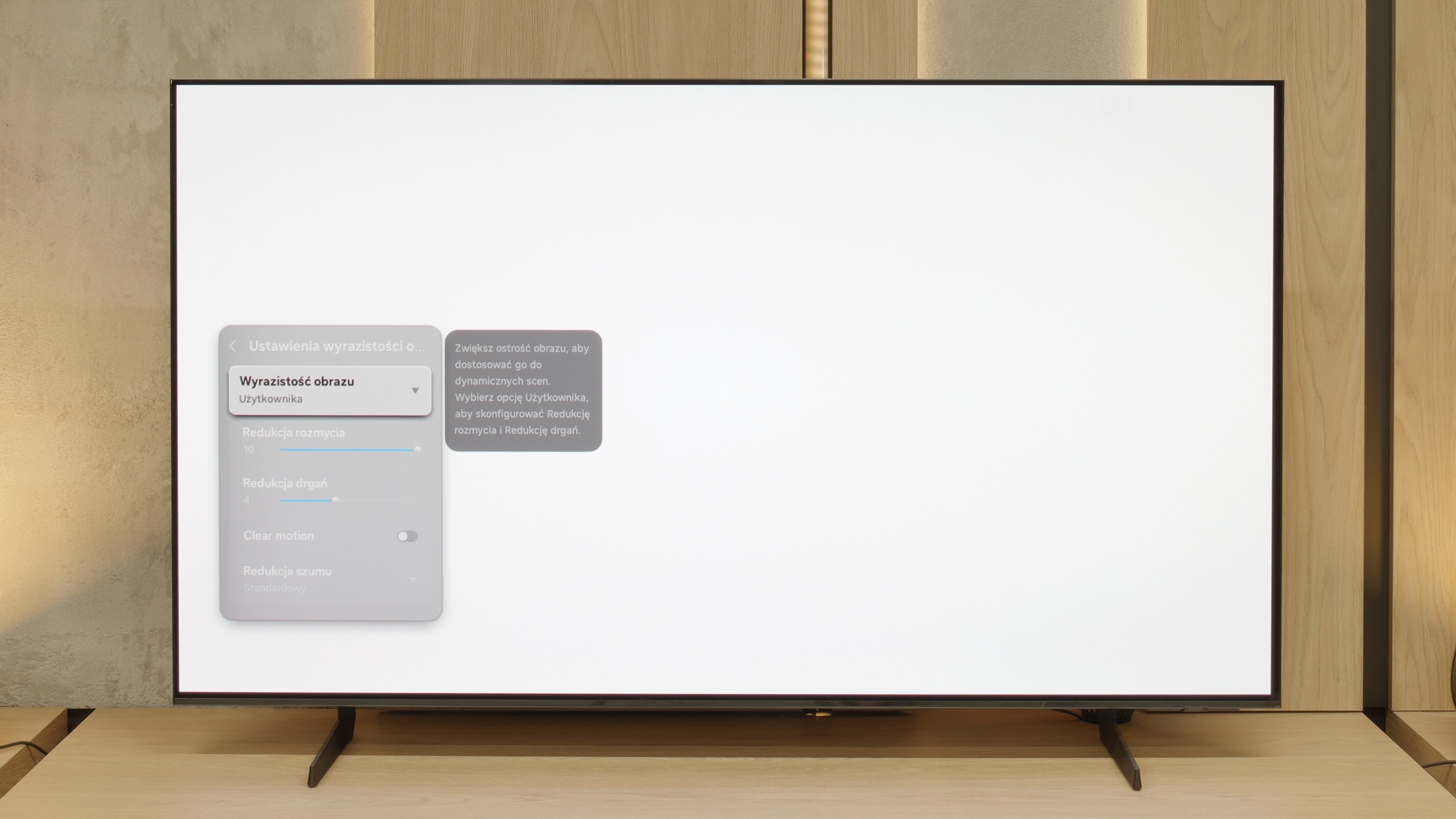
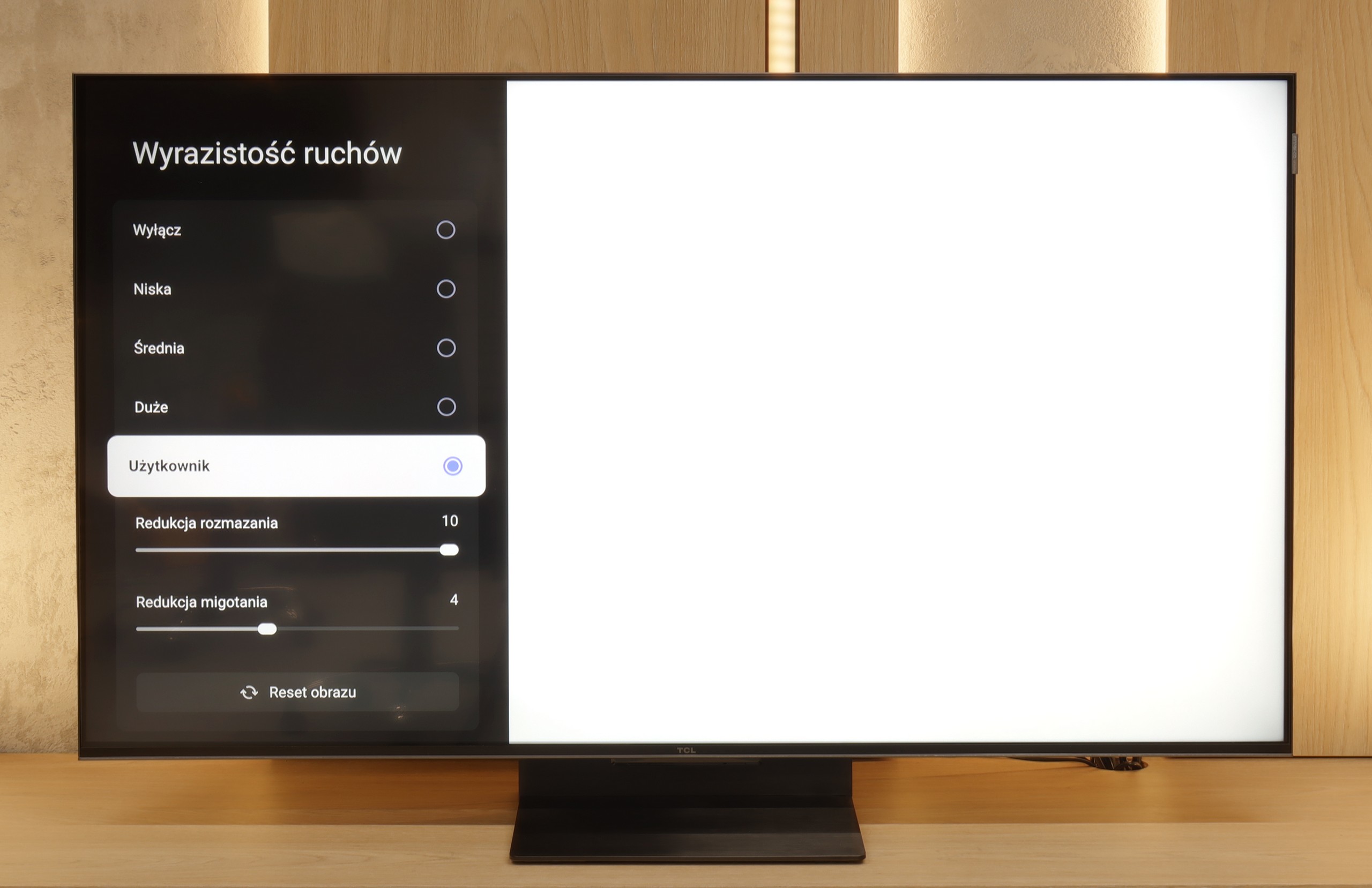
Blur (native resolution, maximum refresh rate):



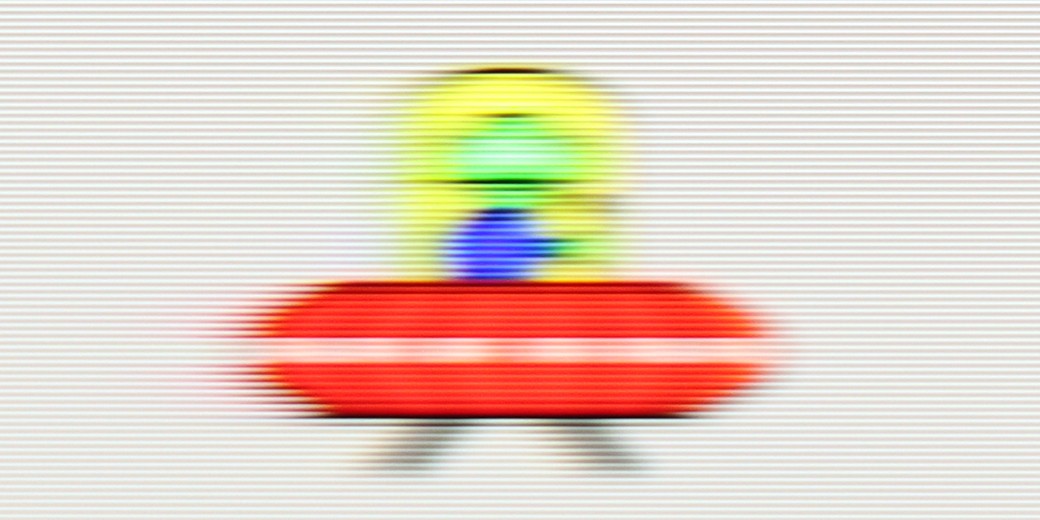
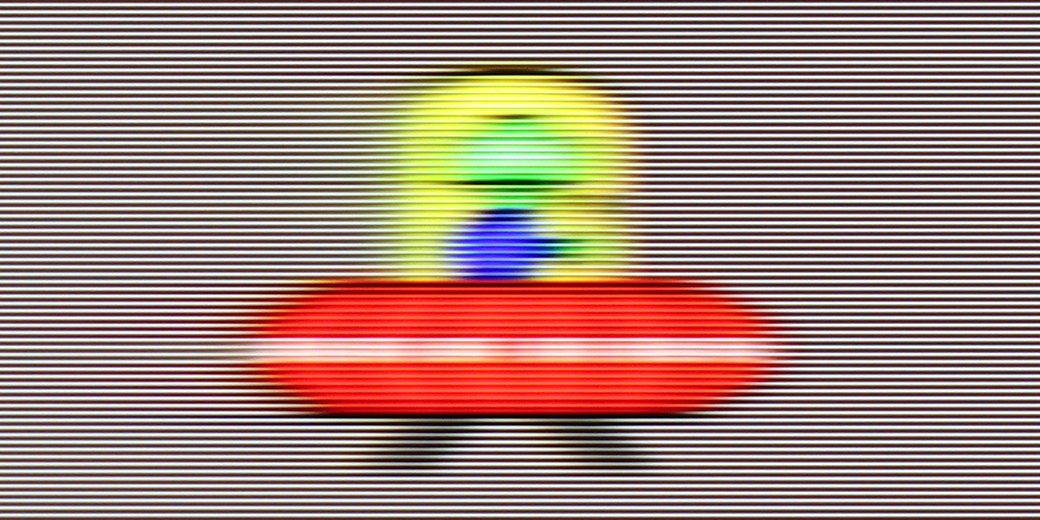
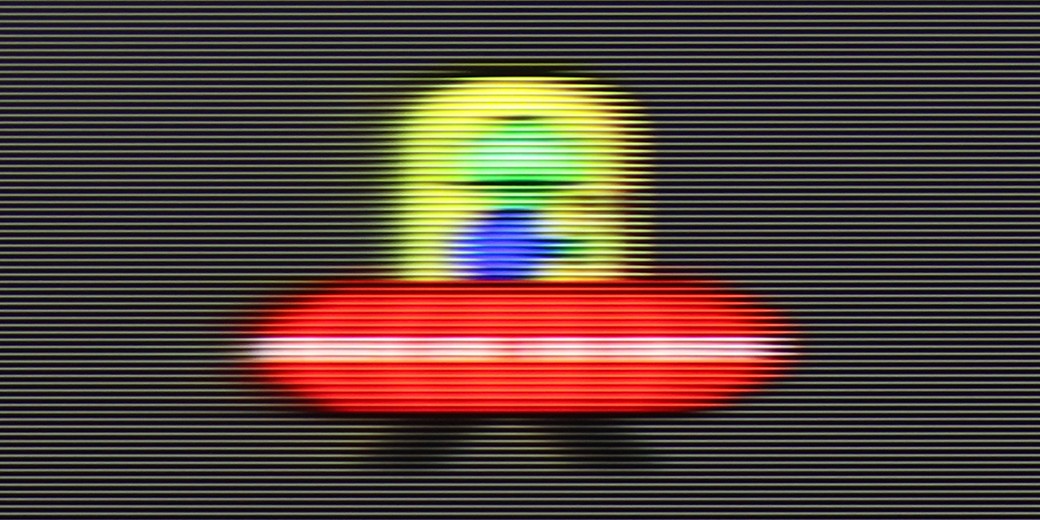
Blur (BFI function enabled):
Image flickers in this mode






Smużenie (4K@60Hz Game Motion Plus):



Smużenie (4K@144Hz):



S85F is a hellishly fast television – and this is not just an empty catchphrase for effect. Thanks to the 120 Hz OLED panel, dynamic scenes, whether in games or while watching a live match, look exactly as they should – smoothly, sharply, and without the feeling that something is "escaping" from the frame. The lightning-fast pixel response time, typical of OLEDs, plays a crucial role here. Transitions between frames are practically instantaneous, and the image remains clear even during the fastest camera movements. A ball flying across half the field? A car racing in a chase scene? Everything here is clear and free of the characteristic "trail" found in LCDs.
This is exactly what we expect from a good OLED – zero compromises in motion fluidity. The S85F gives the feeling that regardless of the pace of the action, we can focus on what is happening on the screen, rather than on the imperfections of the image.
The TCL C7K handles motion fluency really well. The panel used in it offers a refresh rate of 144 Hz, which in itself suggests that this TV is something more than just an ordinary "60 Hz" panel. Moreover, if we connect the C7K to a computer and set the resolution to Full HD. But we'll write more about that in the paragraph about gamers and PC collaboration. Back to everyday use – both sports and movies look very good here. Thanks to the fast panel and well-functioning motion smoother, the C7K is great for watching matches, but also for movie screenings. In the menu, we find two sliders – blur reduction and flicker reduction – which allow you to tailor the smoothness effect to your own preferences. At lower settings, we get a more cinematic effect, with a slight stutter in motion. At higher settings – the image becomes more theatrical, smooth to the point of exaggeration. Everyone can set it up according to their liking.
Console compatibility and gaming features
8.2/10
9.8/10
- ALLM
- VRR
- VRR range48 - 120Hz48 - 240Hz
- Dolby Vision Game Mode
- Correct implementation of HGIG
- 1080p@120Hz
- 1440p@120Hz
- 4K@120Hz
- Game bar
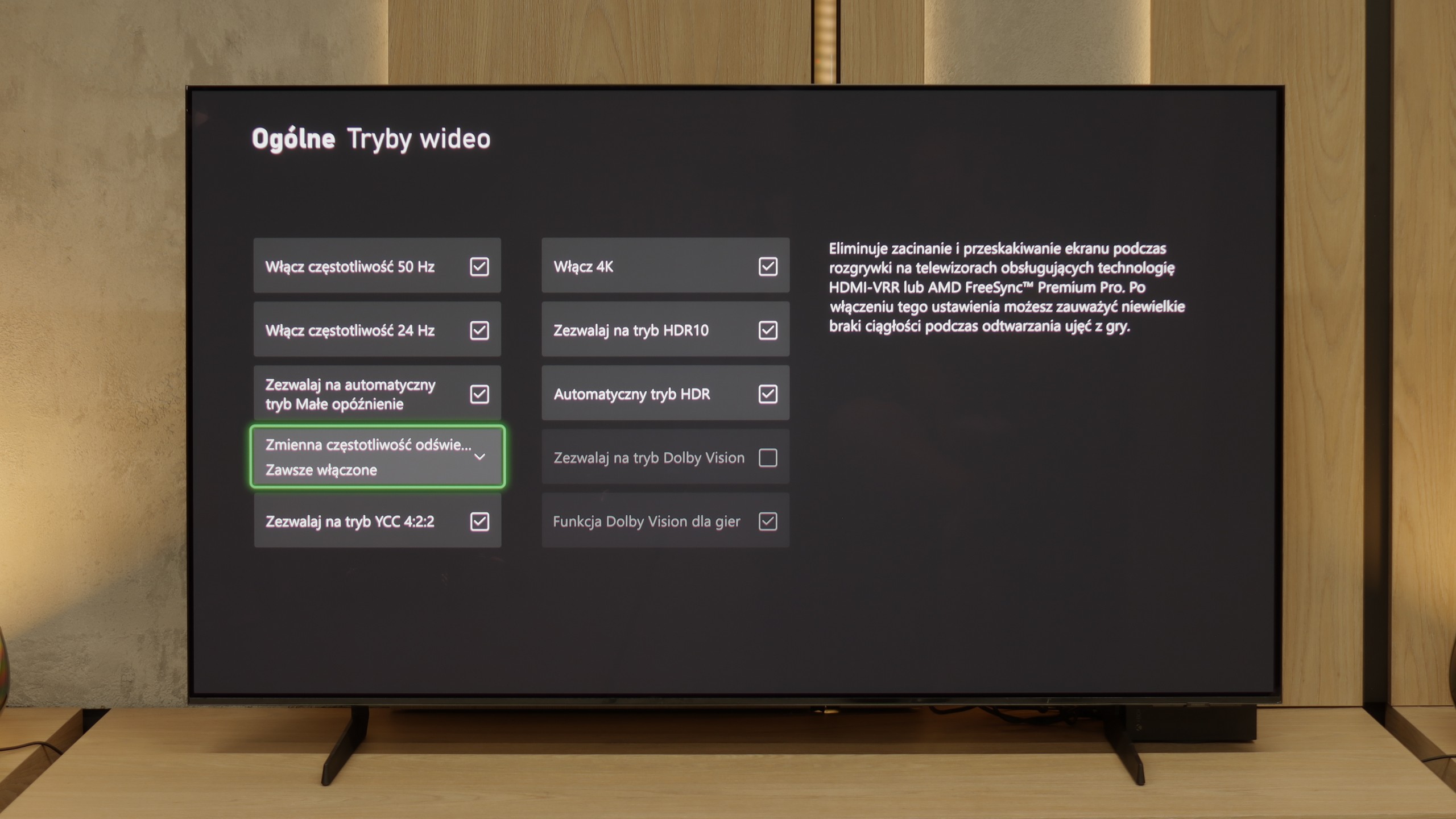
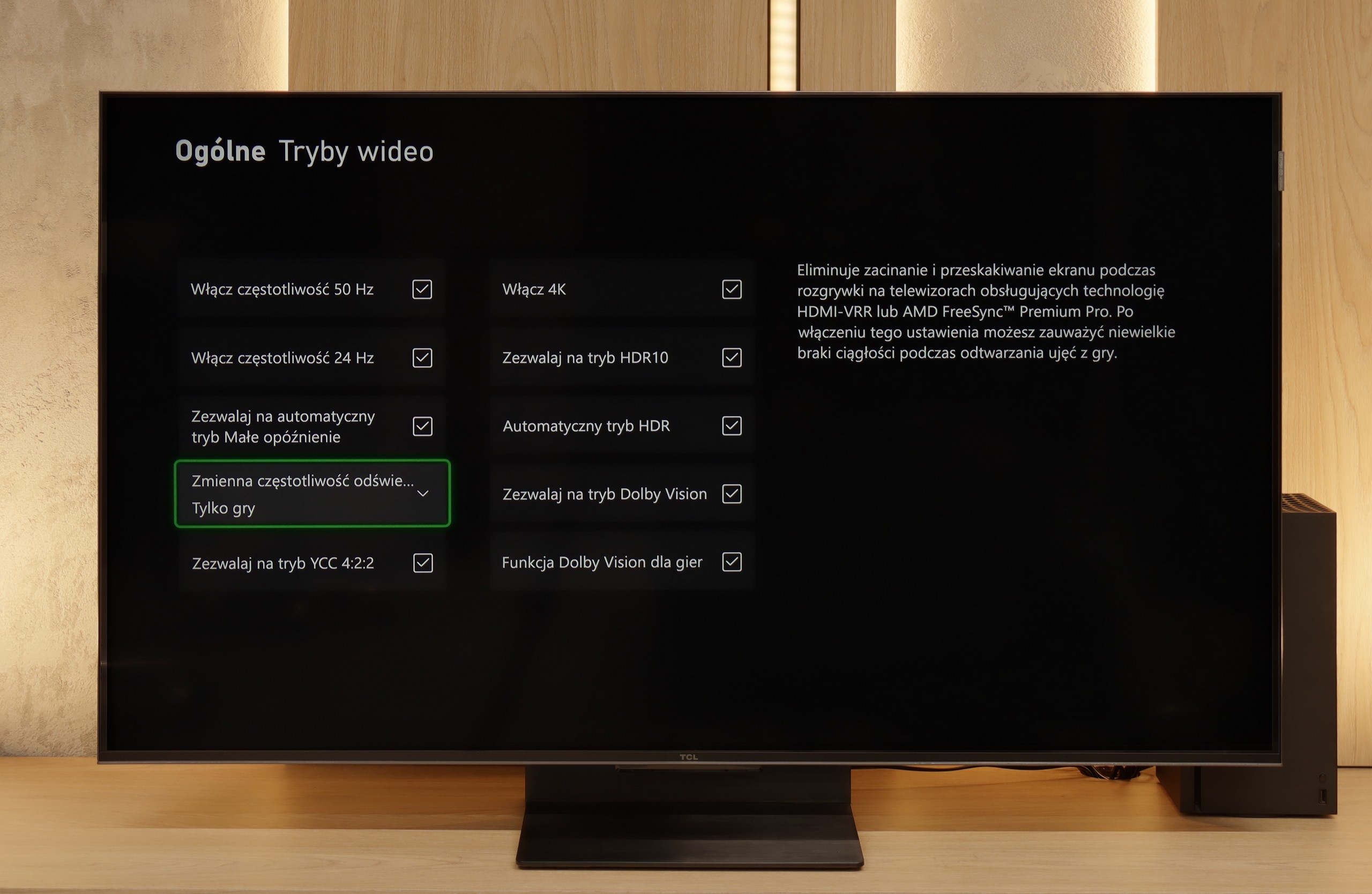
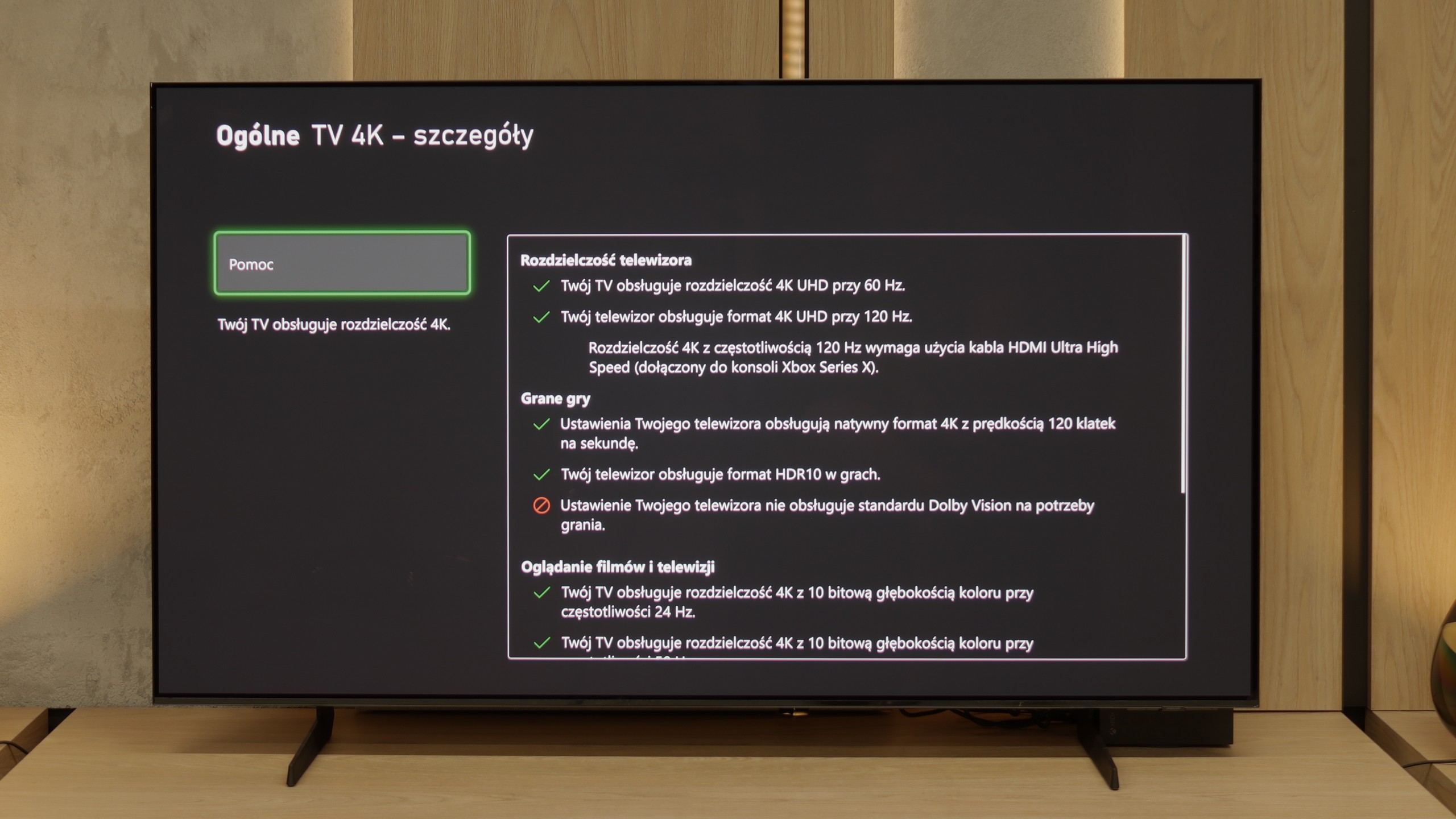
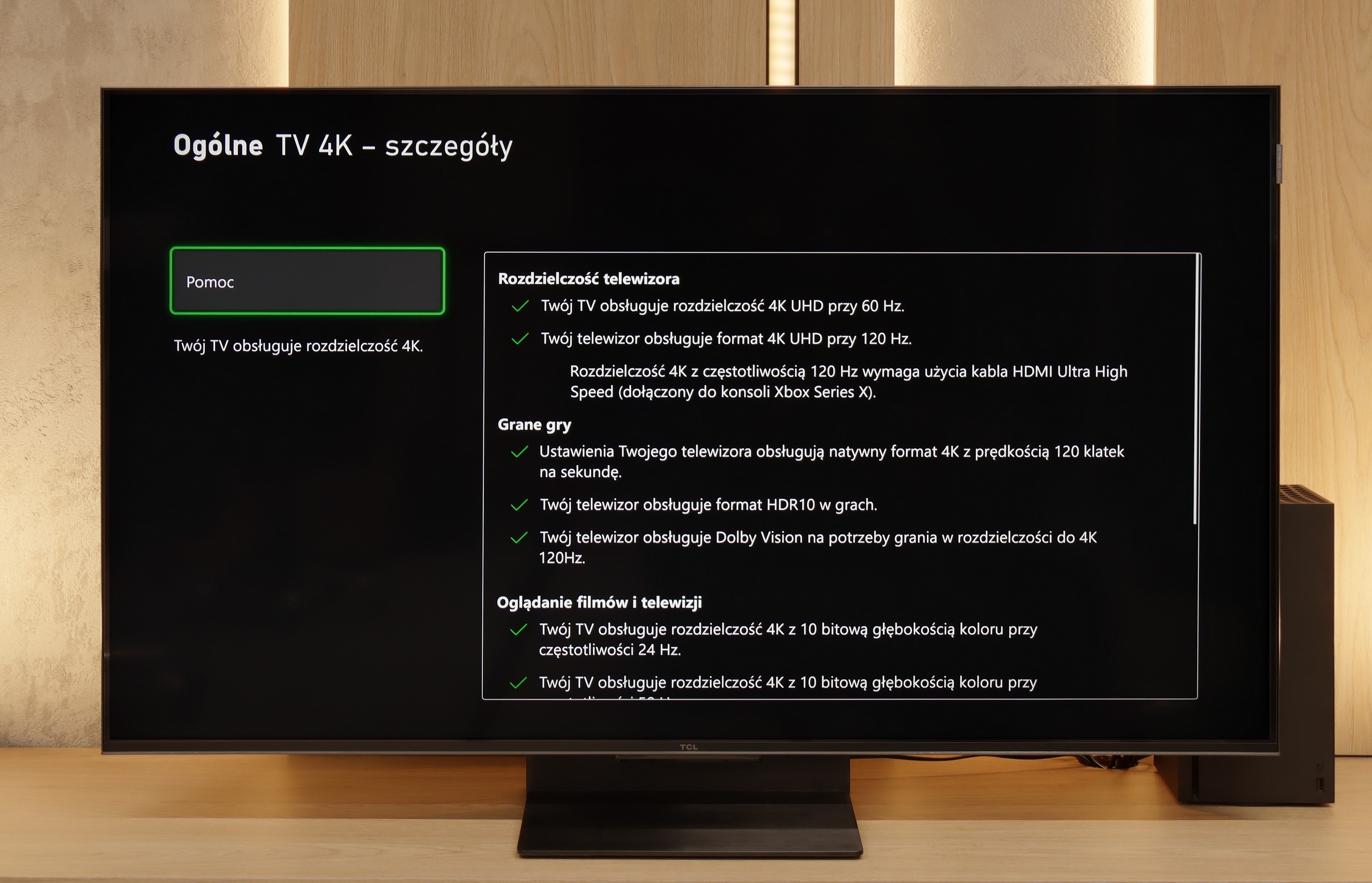
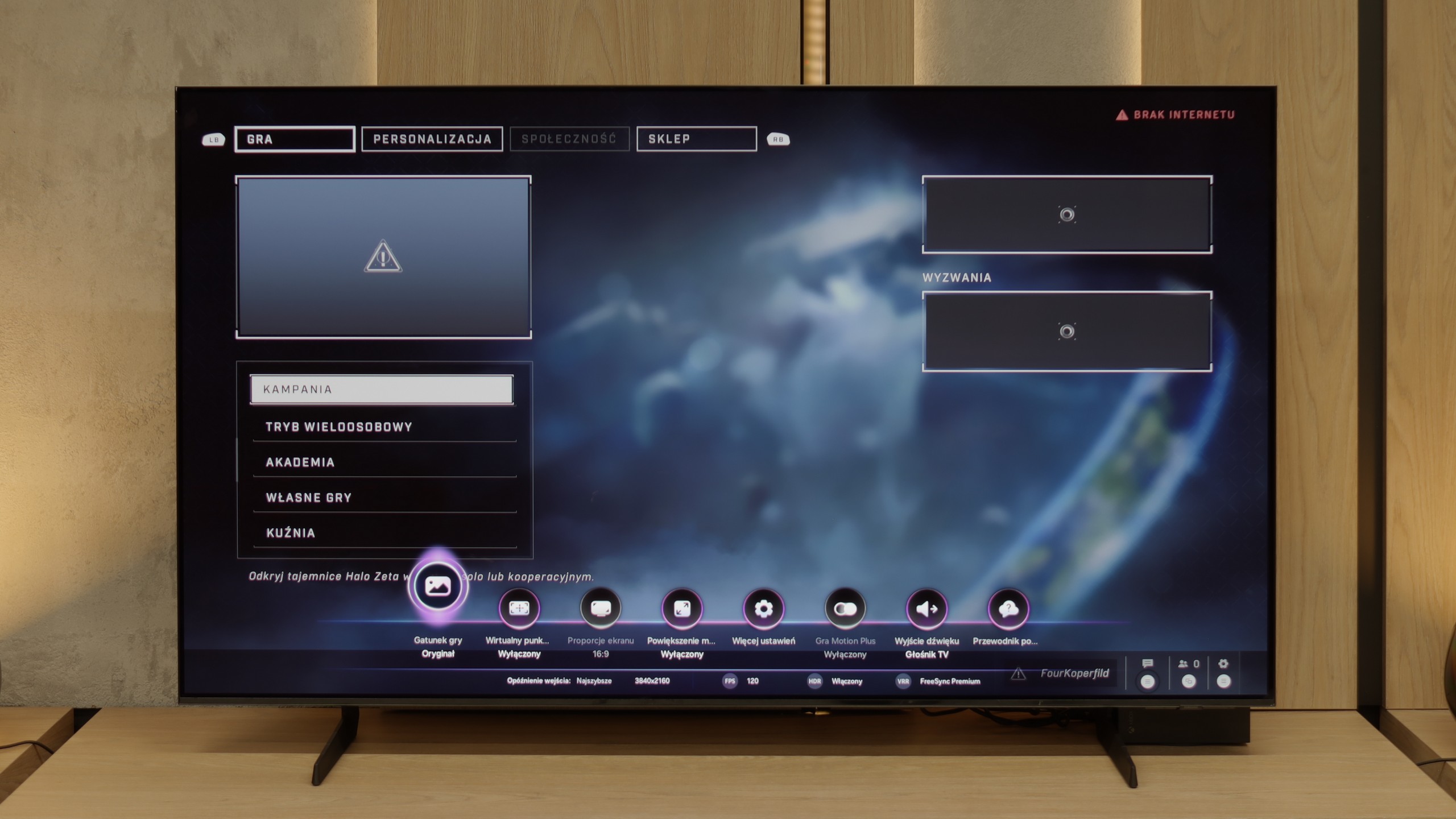
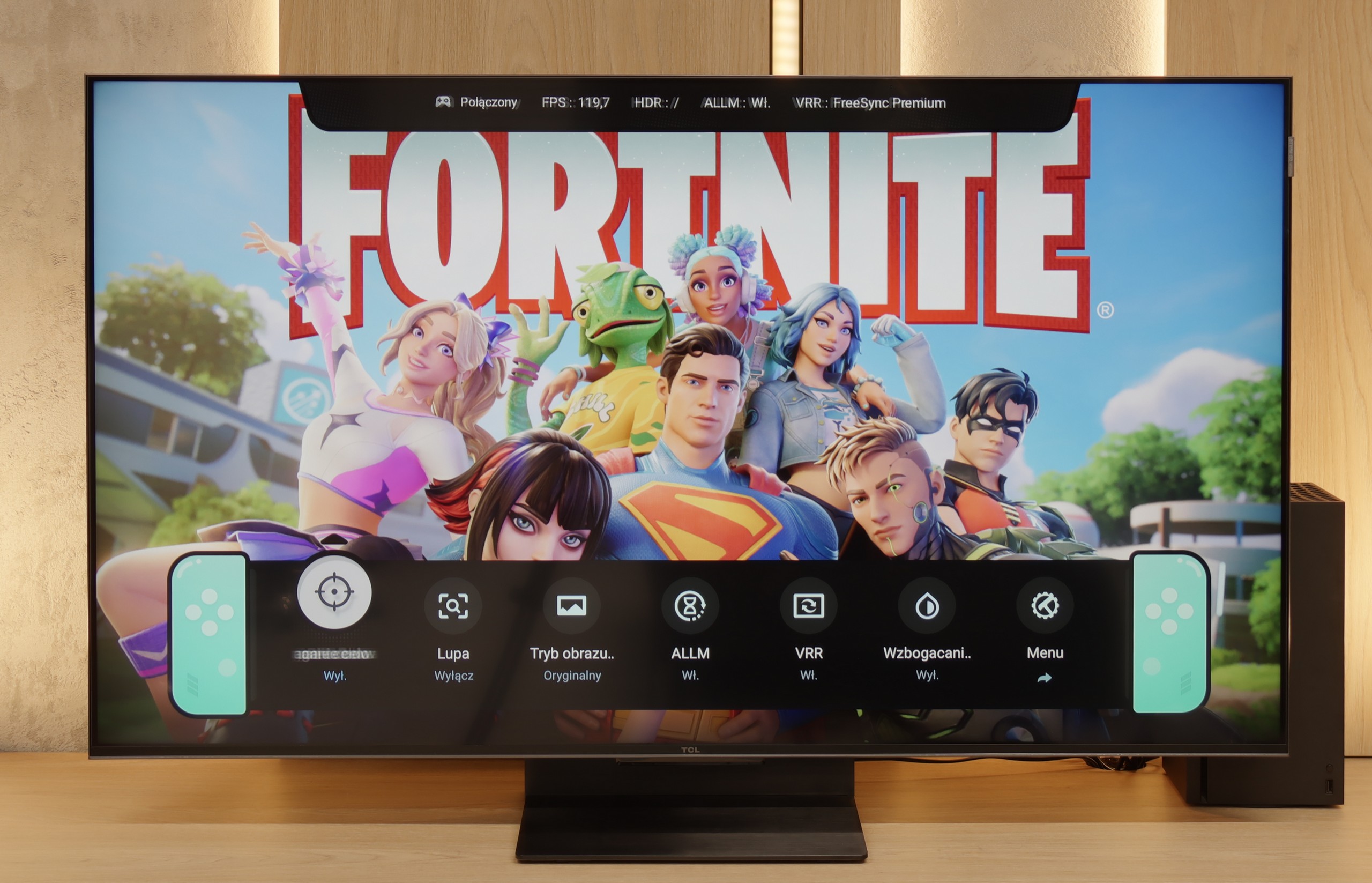
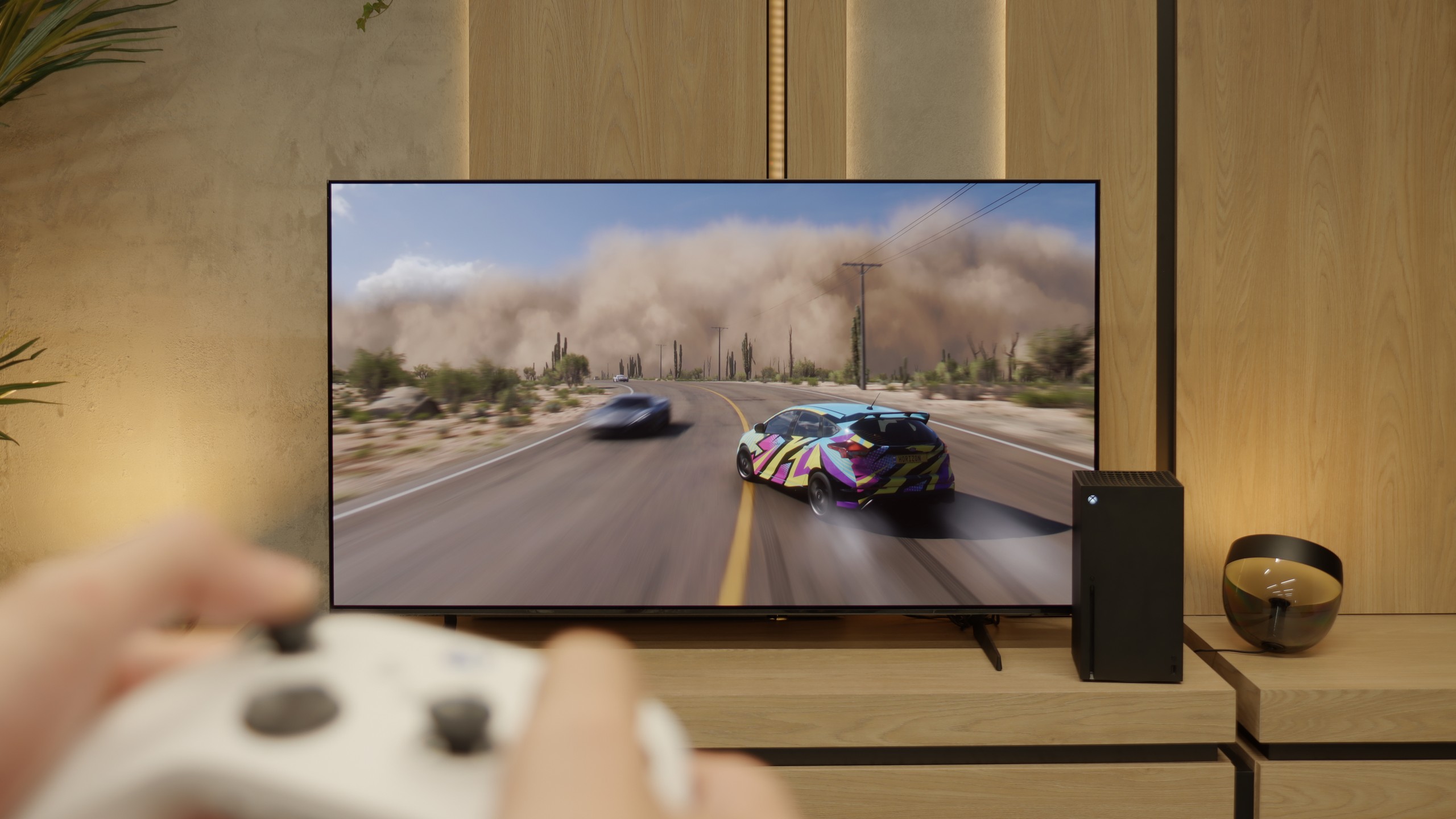
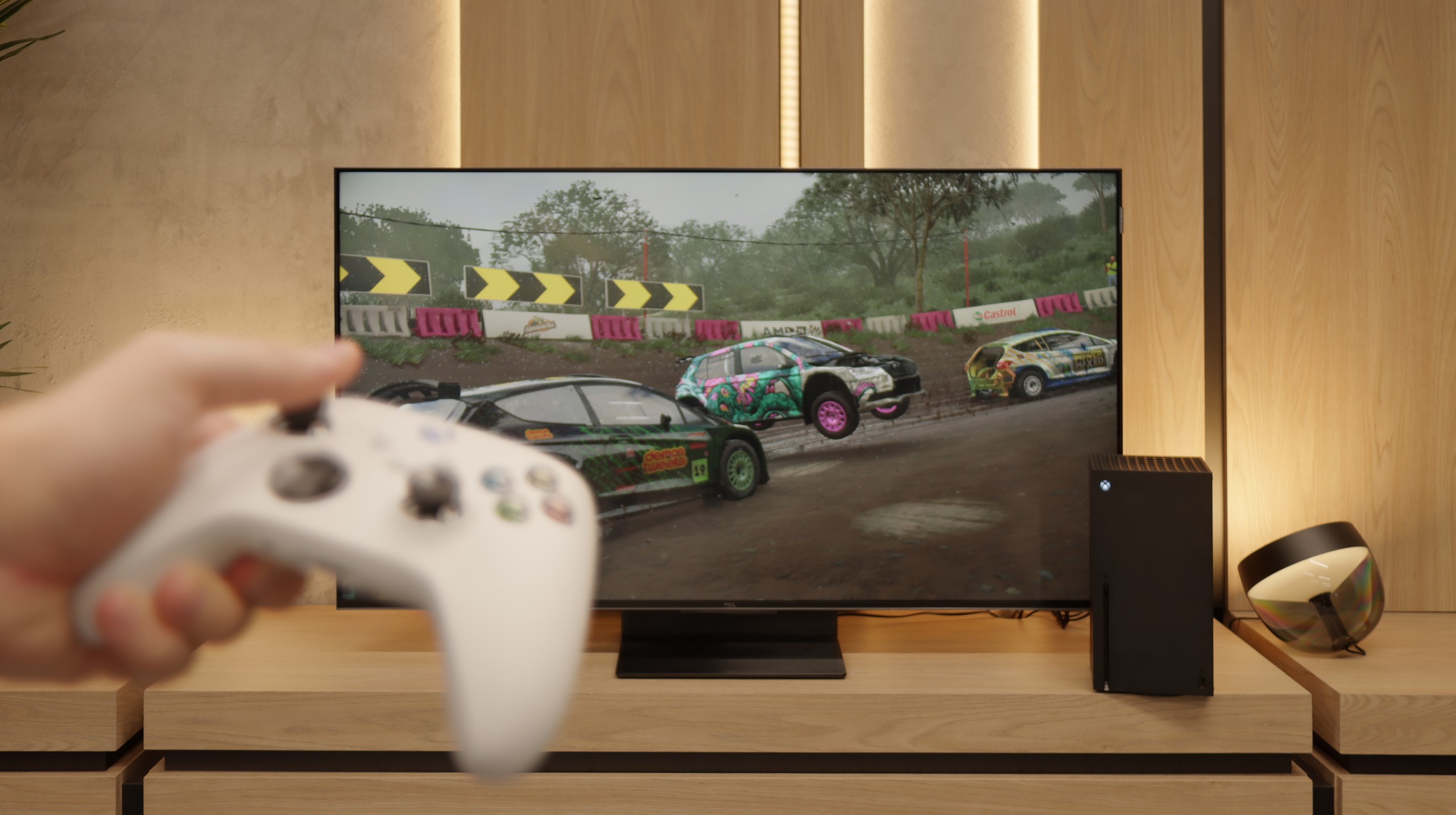
The S85F has practically everything it needs to become the dream screen for gaming. Four fully-fledged HDMI 2.1 ports with a bandwidth of 48 Gb/s, support for VRR, ALLM, a super-detailed Game Bar that clearly shows all parameters – and on top of that, a gem in the form of Game Motion Plus. This is a motion interpolator that makes animation in games more enjoyable, with only a slight increase in input lag. This is a rare combination, and Samsung deserves a big plus for it.
Now comes the moment where we have to complain a bit. The lack of Dolby Vision in Samsung TVs is already standard, so there's no point in hoping (unless something changes in a few years) – but the disappearance of HGiG after the software update is something that’s hard to explain. HGiG (which stands for HDR Gaming Interest Group) is a mode that allows for precise reproduction of brightness in HDR games, according to the creators' intention. Without it, HDR calibration on the console becomes less precise, so we might end up with an image that's too dark in the shadows or overly bright.
Perhaps Samsung will fix this in the next update – and we have high hopes for that. Because if HGiG returns, the S85F will become almost the perfect TV for gamers.
TCL C7K is a television that on paper looks like the dream equipment for gamers – and most importantly, it holds up well in practice. First, the good news: we have two full-bandwidth HDMI 2.1 ports, so we can easily connect both a console and a computer, taking full advantage of their capabilities. The panel itself supports a refresh rate of 144 Hz, which provides a significant advantage in dynamic games. Additionally, it comes with a full suite of gaming features: VRR (variable refresh rate), ALLM (automatic low latency mode), and support for Dolby Vision in games. There's also an HGiG mode that allows for HDR effects consistent with the creators' intentions. GameBar, which is an informative bar for the gamer. It operates quickly, looks clear (like the Nintendo console👌), and shows what’s most important: the current frame count, VRR status, and even HDR parameters.
Input lag
10/10
9.6/10
SDR
HDR
Dolby Vision
Here, dear gamers, the S85F shows its claws. 5 ms with 120 Hz content and about 10 ms with 60 Hz are results that can be described in one word in the world of televisions – phenomenal. This means that the response to our movements is practically instantaneous. We press the button, and the action on the screen happens without any delay, as if the television were reading our minds. In dynamic games, where a fraction of a second can determine victory or defeat, such values make a huge difference. There is no question of a nervous "wait" for the image to catch up with our movements. The S85F gives us the feeling that everything is under our complete control – and that's how it should be with equipment that aspires to be the ideal screen for gamers.
When it comes to delays, the C7K gives no reason to complain. In games at 120 Hz, the input lag is around 10 ms, which means the television responds really quickly. Interestingly, even in Dolby Vision mode, the result is very similar, which is not always the standard. Good job, TCL. At 60 Hz, the lag naturally increases a bit, but that's completely normal and applies to virtually every television with a refresh rate of 120 Hz or higher. The most important thing is that everything still operates smoothly and there’s no feeling that something is unresponsive to our actions.
Compatibility with PC
7.6/10
8.4/10
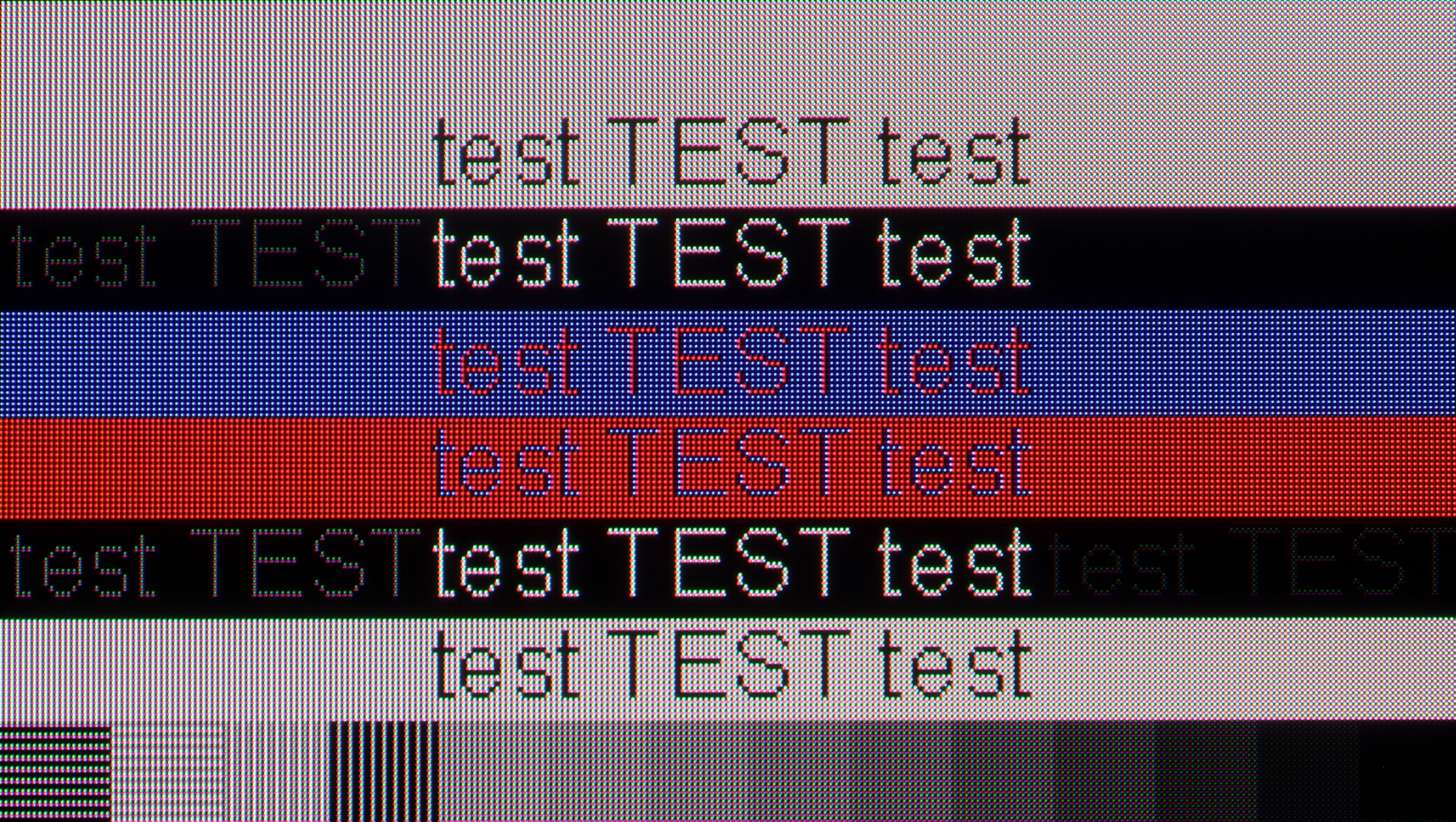
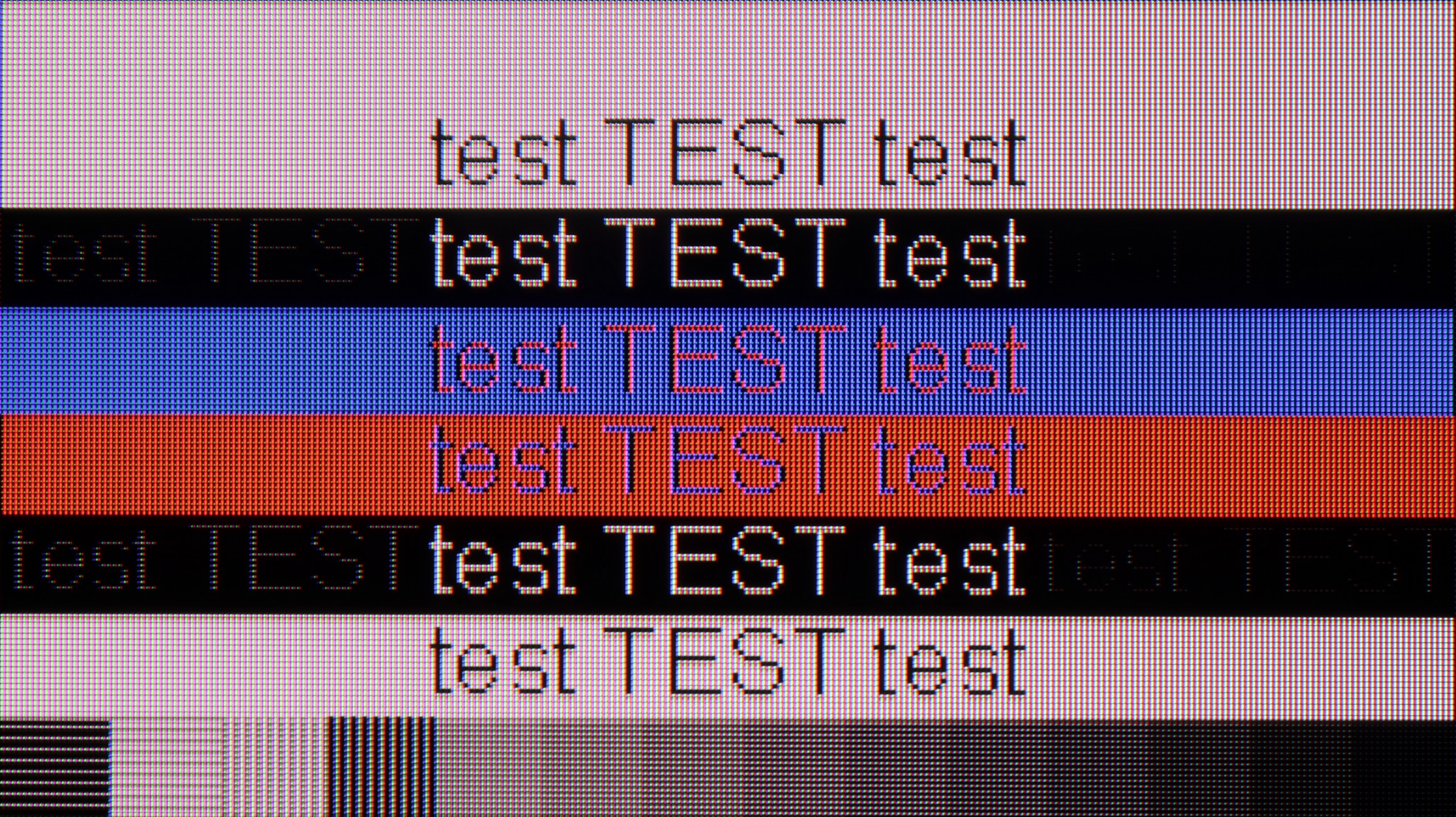
If you plan to connect the S85F to a computer, we have good news – this television is perfect for that. Low input lag and a 120 Hz panel make gaming on a PC pure pleasure. Whether we're talking about dynamic shooters or calmer RPGs, the response is instantaneous, and the fluidity of animations can keep you engaged for hours.
Of course, there’s no rose without thorns. Due to the diamond pixel arrangement in the QD-OLED panel, there is a slight “rainbow icon” effect, particularly noticeable when sitting close to the screen. Fortunately, this is more of a detail that most of you won’t mind in everyday use. Especially since, thanks to the proper implementation of chroma 4:4:4, the readability of fonts is at a very good level – documents, websites, and text editors look just as they should.
If we intend to connect the C7K to a computer – especially for gaming – there’s really a lot to play for. We have 4K at 144 Hz, which sounds great on its own, but if we lower the resolution, the TV can display even 280 Hz. In e-sports, where every fraction of a second counts, this really makes a difference. Additionally, it supports G-Sync and FreeSync, so no matter what graphics card we have – the image will be smooth, without any stuttering or tearing.
However, if we plan to place the C7K on a desk and use it like a monitor, it’s a bit less "rosy." Yes, it supports chroma 4:4:4, so the fonts should be sharp, but with very dark letters, there’s a slight blurriness and dimming of the edges. It's not something that immediately stands out while gaming or watching, but when working with text – it can be distracting. In everyday use – rather without concerns, but if we plan to place 50 inches a meter from our face, it’s worth keeping this in mind.
Viewing angles
9.8/10
3/10
Here, dear readers, the S85F reaches absolute heights. The viewing angles are phenomenal – some of the best you can get in a television today, thanks to the unique QD-OLED panel from Samsung Display. Of course, WOLED panels can also maintain a high standard in this regard, but let's not kid ourselves – what QD-OLED shows in the S85F is even more impressive. Colors, contrast, and brightness remain practically unchanged even when watching the screen from a very large angle. This is the kind of television where you don't have to fight for the "best spot on the couch" – everyone will see the picture in all its glory, no matter where they sit.
There are no surprises here – the C7K has classic viewing angles for a VA panel. That is: sitting directly in front – it’s great. The colors look good, the contrast is strong, everything is in place. But just slightly shifting to the side begins to worsen the experience – the image loses saturation, blacks turn gray, and the overall impression suffers a bit. So if we plan to watch together with several people or have a couch that occupies half the living room – it’s worth seating everyone more centrally. You can watch from the side, but don’t expect miracles – it’s just a characteristic of VA panels.
TV efficiency during daytime
5.1/10
6.4/10
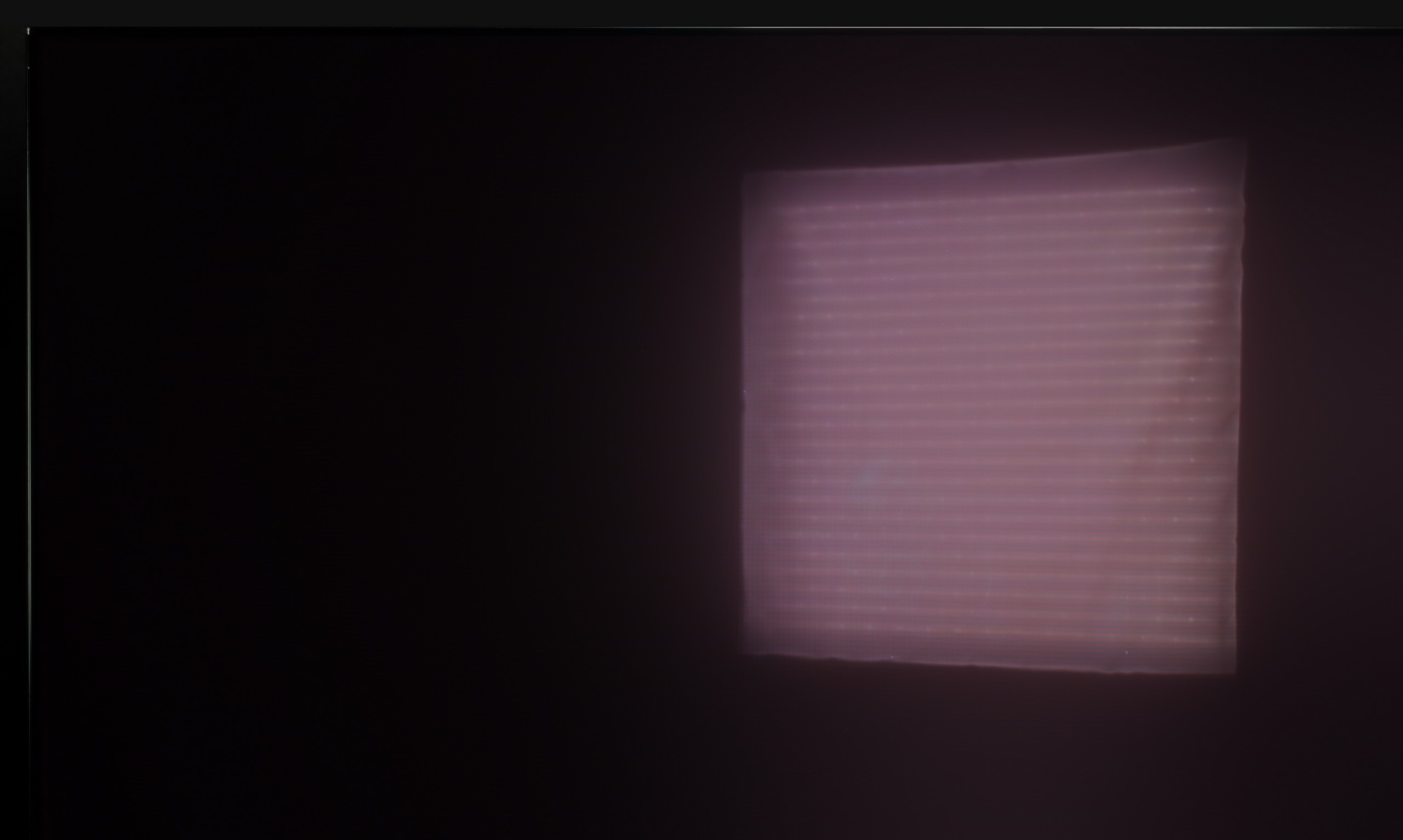
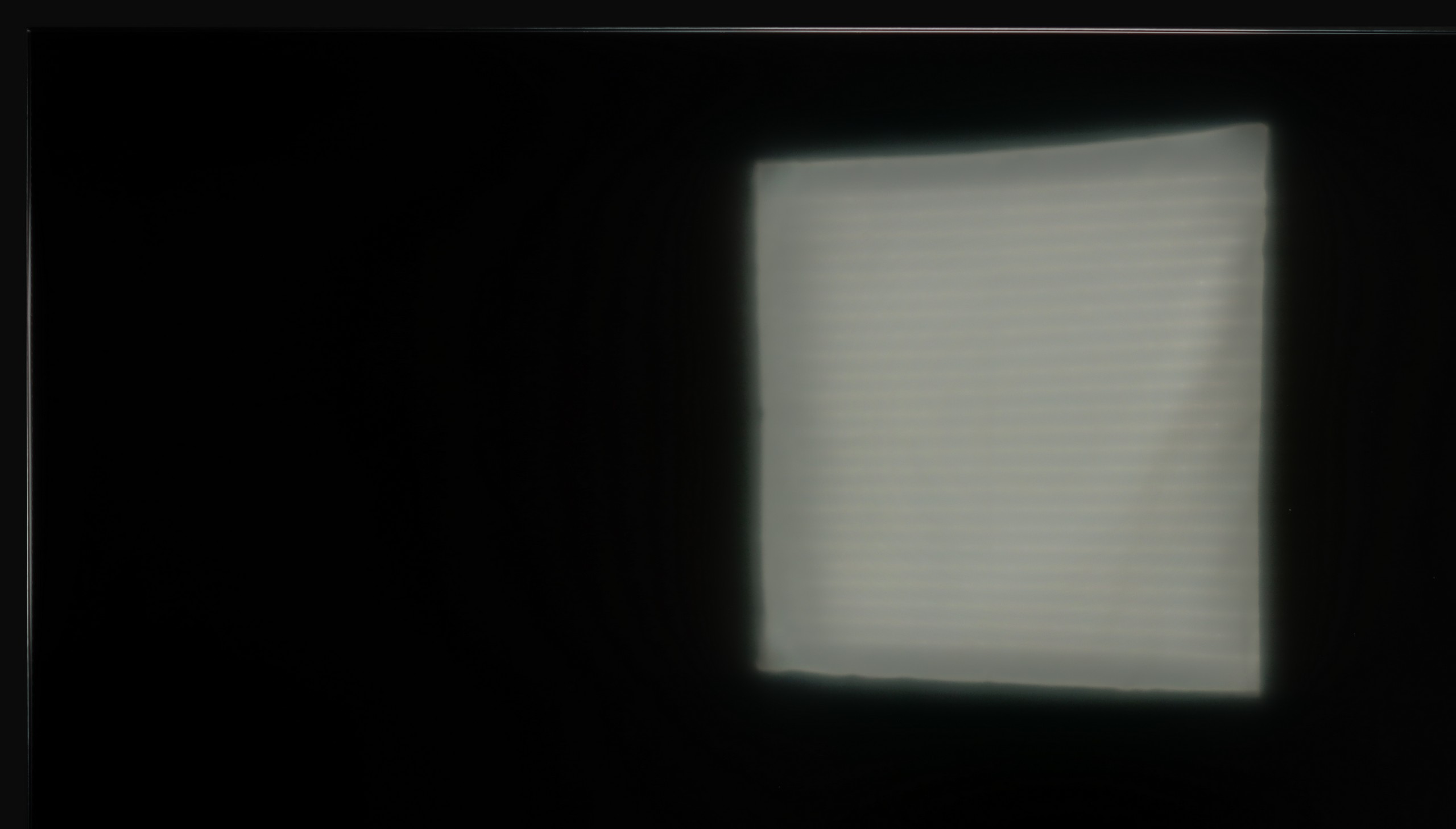


Matrix brightness
Average luminance SDR
TCL C7K / QM7K 55"-85": 529 cd/m2
Samsung OLED S85F (QD-OLED): 317 cd/m2
We really liked the saying "there's no rose without thorns," and it perfectly fits the QD-OLED TVs. Especially when we take a look at their performance in heavily sunlit conditions. As you may notice, in very bright light, the panel's surface can take on a slightly cherry hue. The effect is subtle in the case of the S85F, but in extreme lighting conditions, black can perform a bit worse than in WOLED panels. But - and this "but" is key here - QD-OLED significantly better suppresses direct reflections of light. This means that reflections will be less bothersome, and the image will maintain clarity even when something bright reflects off the screen. You gain some, you lose some.
When it comes to brightness, the S85F is a moderately bright OLED. It's not a model made for extremely sunlit living rooms. If you plan to place it in a very bright room, we recommend considering shades or positioning it in a place that provides at least some protection from direct light.
Fortunately, the TCL C7K performs quite well in a bright room. The applied panel has a satin finish that effectively suppresses reflections, making it so that even on sunny days, we don’t have to worry about reflections from lamps or windows. Importantly, the colors maintain their intensity and do not wash out, as can happen with weaker matte panels. Regarding brightness itself, the average for content like YouTube or regular television reaches a little below 500 nits. It’s not a record-setting result— for example, the MQLED85 (C765) performs better in this regard. However, for everyday watching during the day, it should work without major issues, as long as we don’t plan to place it opposite a south-facing window without curtains.
Details about the matrix
Subpixel Structure:
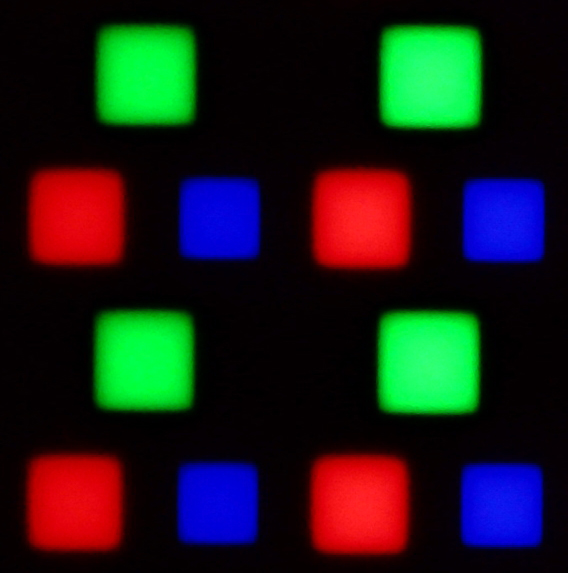
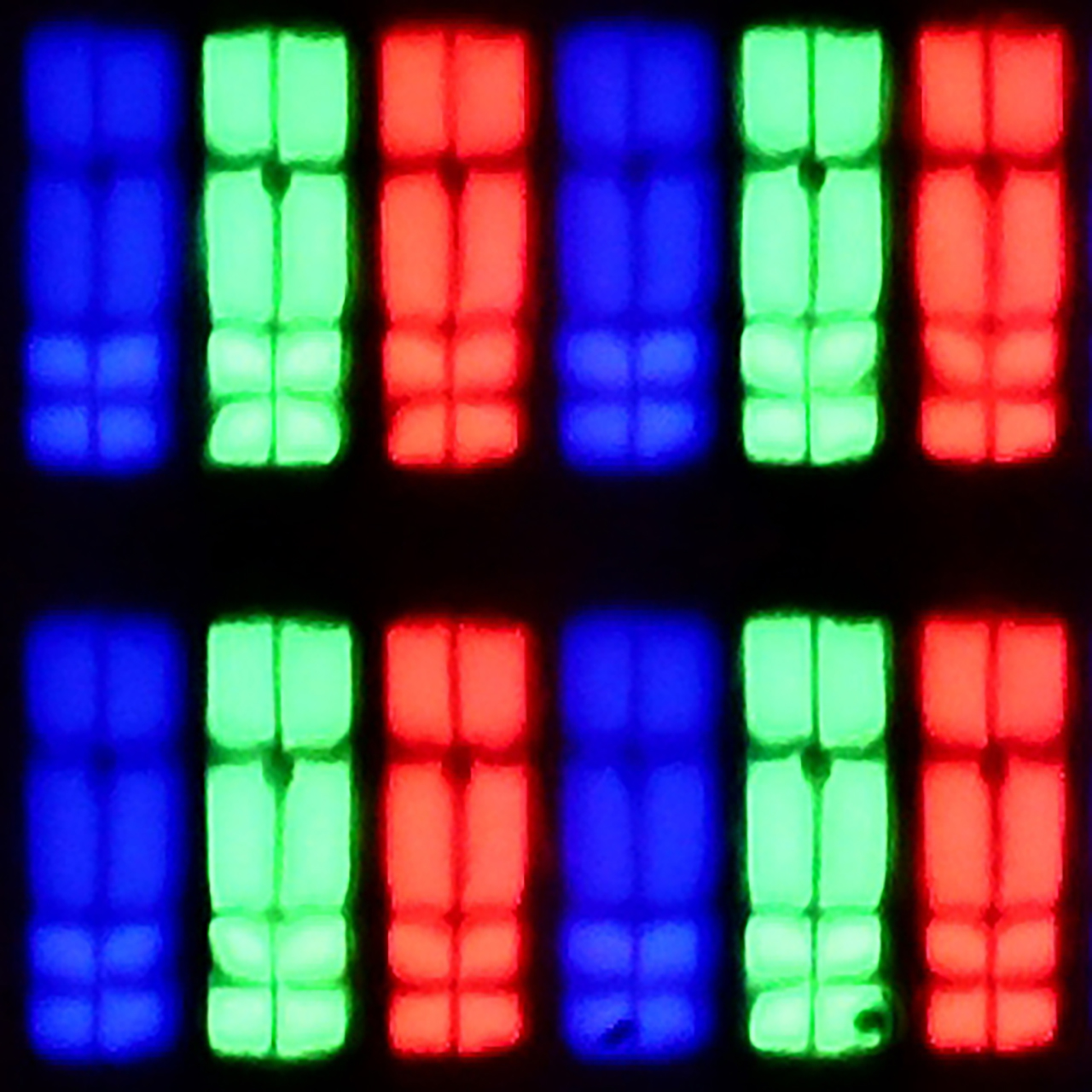
Panel uniformity:
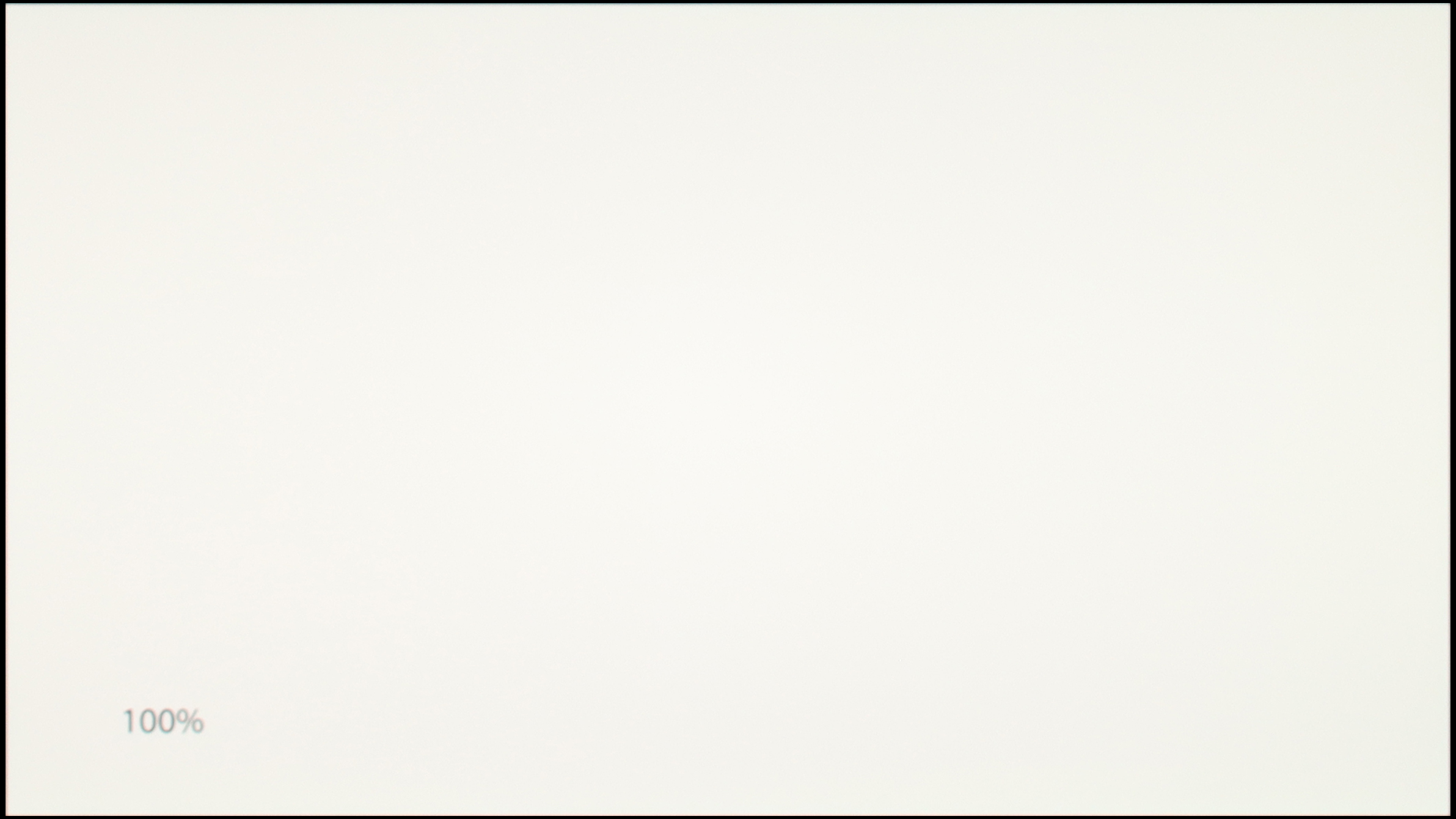
Samsung OLED S85F (QD-OLED)
TCL C7K / QM7K 55"-85"
TV features
7.3/10
7.3/10
- HDMI inputs0 x HDMI 2.0, 4 x HDMI 2.1 48Gbps2 x HDMI 2.0, 2 x HDMI 2.1 48Gbps
- Other inputsToslink (Optical audio)
- OutputsToslink (Optical audio), eARC (HDMI), ARC (HDMI)Toslink (Optical audio), eARC (HDMI), ARC (HDMI)
- Network InterfacesWi-Fi 2.4GHz, Wi-Fi 5GHz, Ethernet (LAN) 100MbpsWi-Fi 2.4GHz, Wi-Fi 5GHz, Ethernet (LAN) 100Mbps
- TV receptionDVB-T, DVB-T2, DVB-S, DVB-S2, DVB-CDVB-T, DVB-T2, DVB-S, DVB-S2, DVB-C
Classic features:
- Recording to USB (terrestrial TV)
- Recording programming
- Picture in Picture (PiP)
- RF remote control (no need to aim at the screen)
- Backlit remote control
- Teletext
- Audio only mode
- Possibility to connect Bluetooth headphones to the TV
- Possibility to simultaneously use Bluetooth headphones and the TV speaker
Smart features:
- AirPlay
- Screen mirroring (Windows Miracast)
- Wyszukiwanie głosowe
- Voice search in native language
- Ability to connect a keyboard and mouse
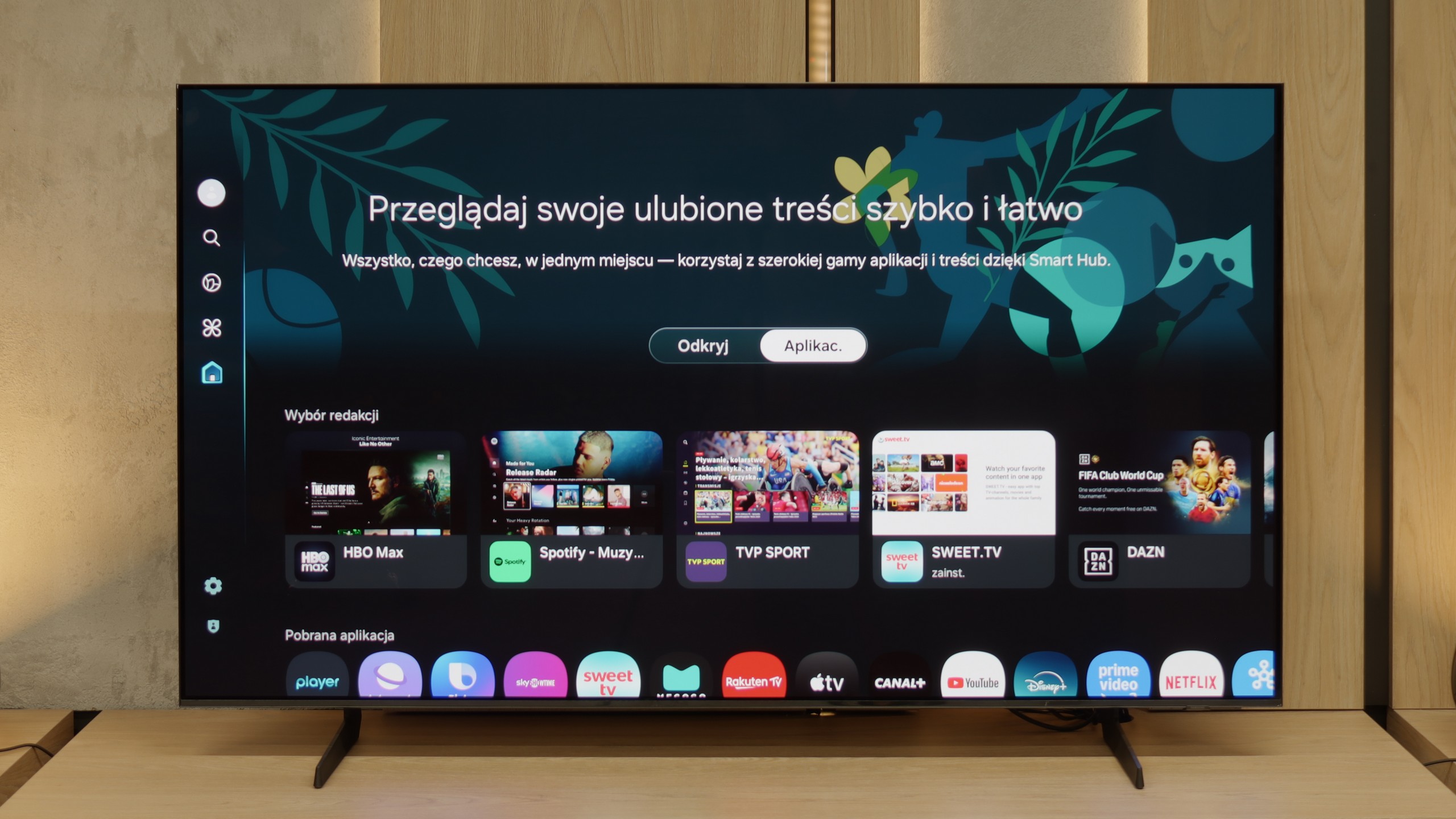
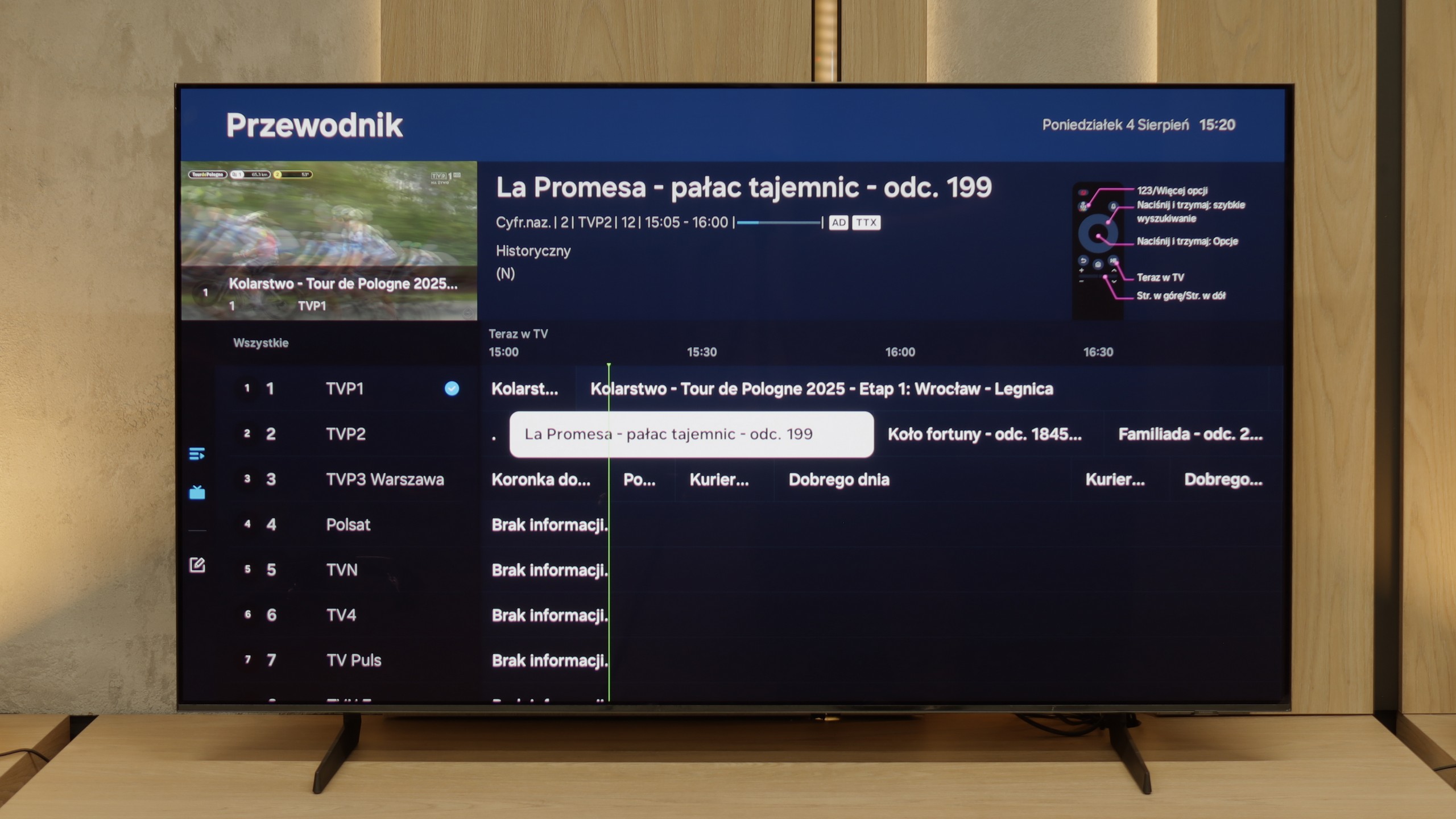
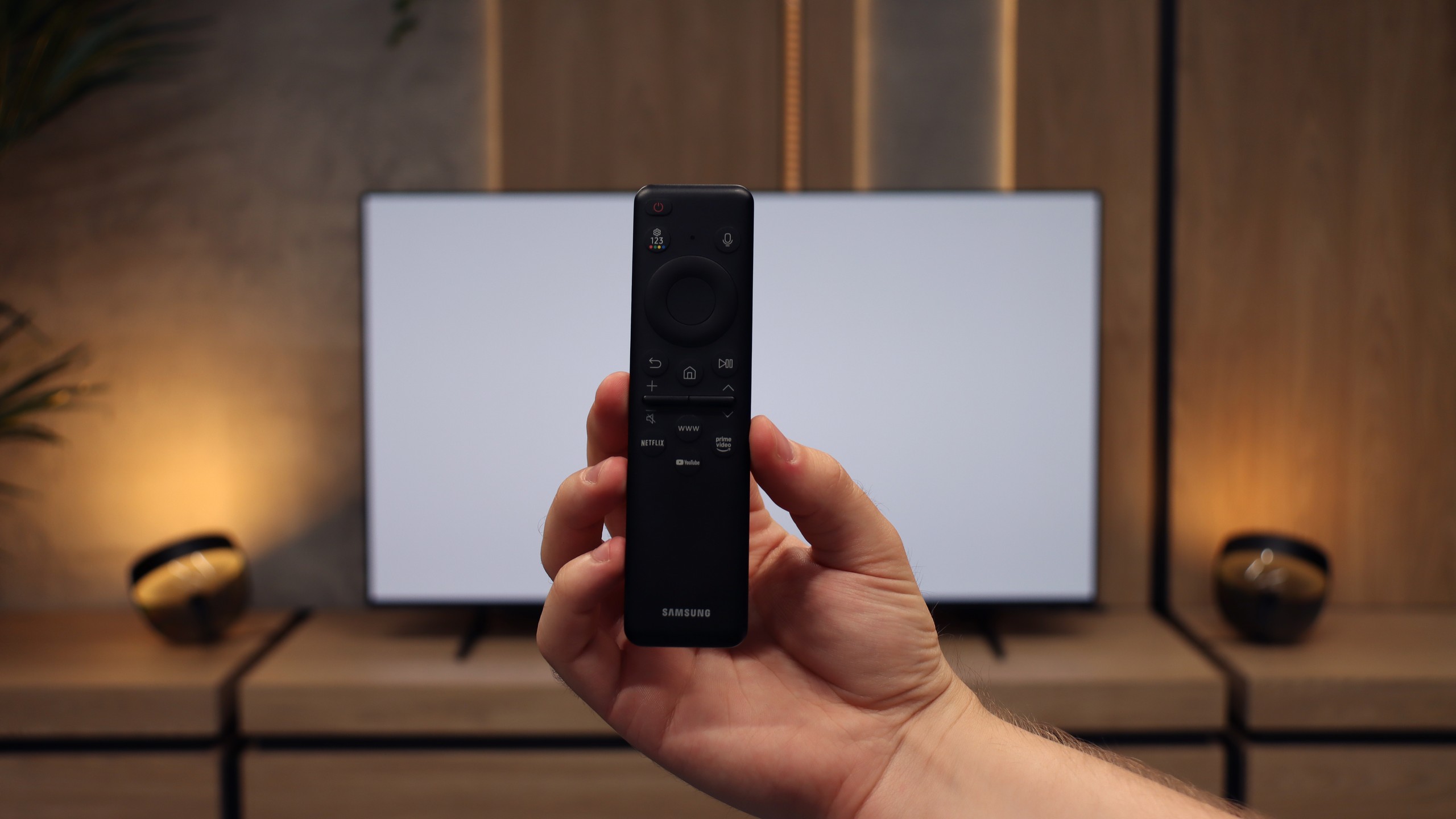

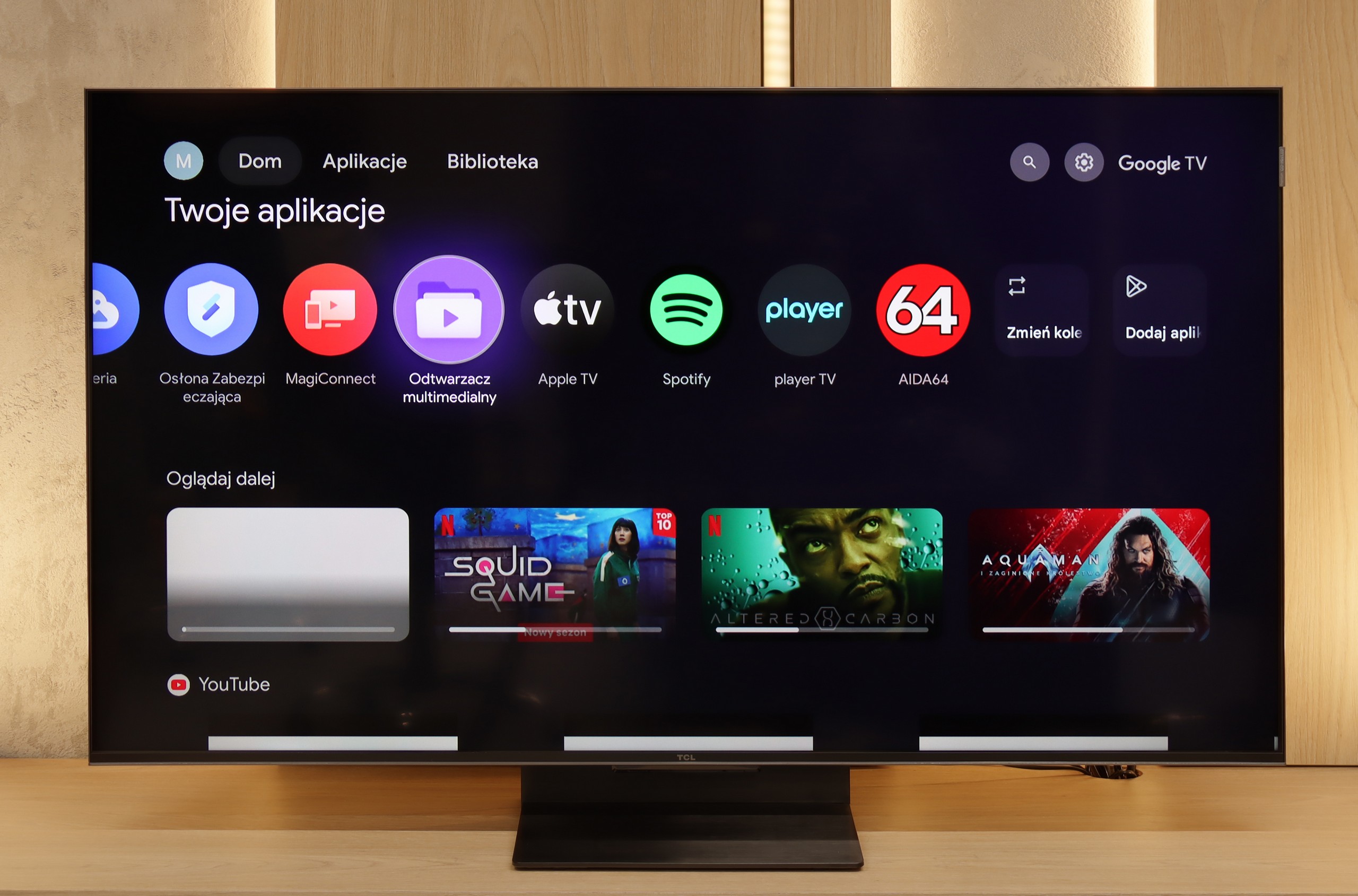
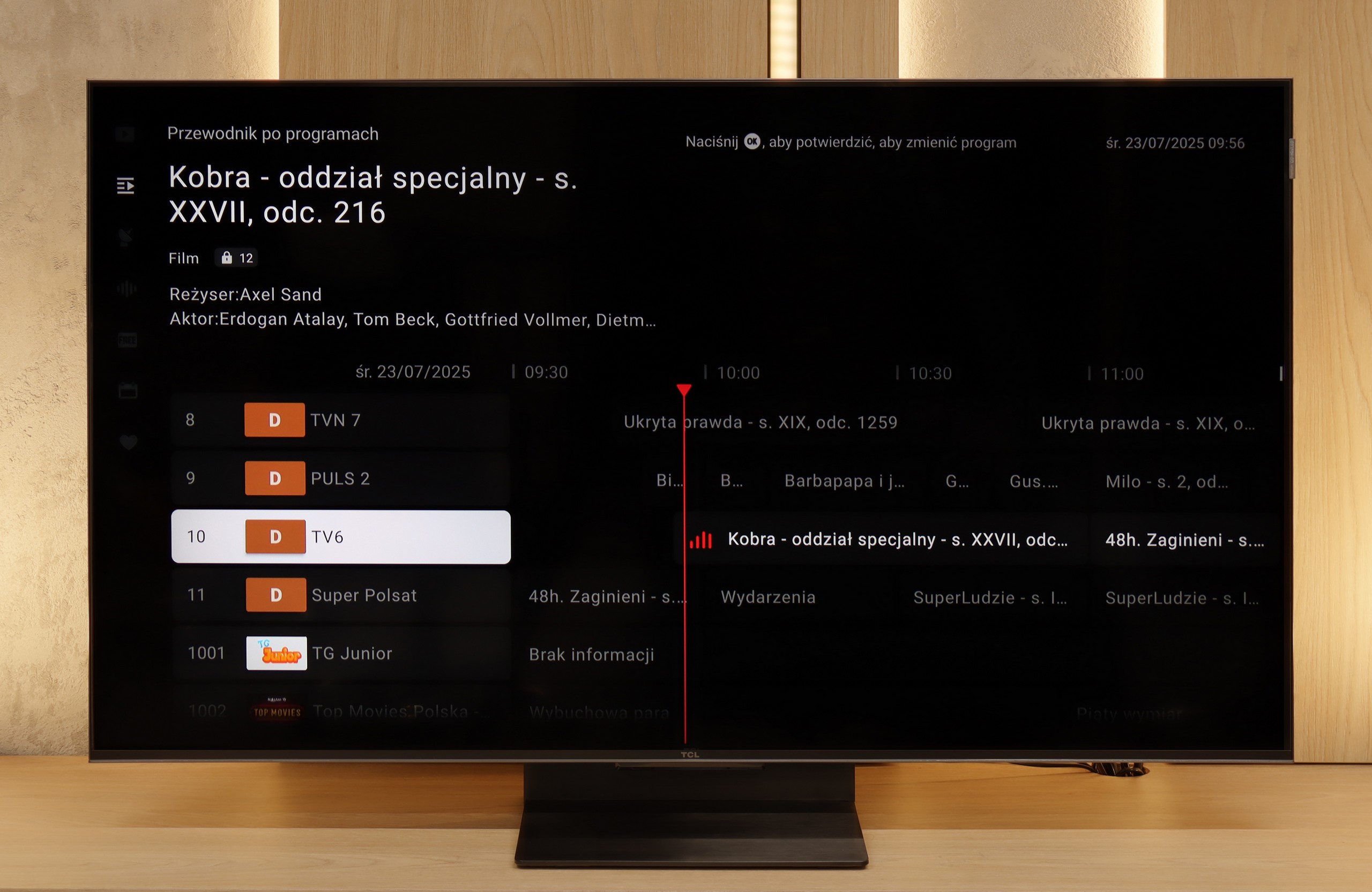
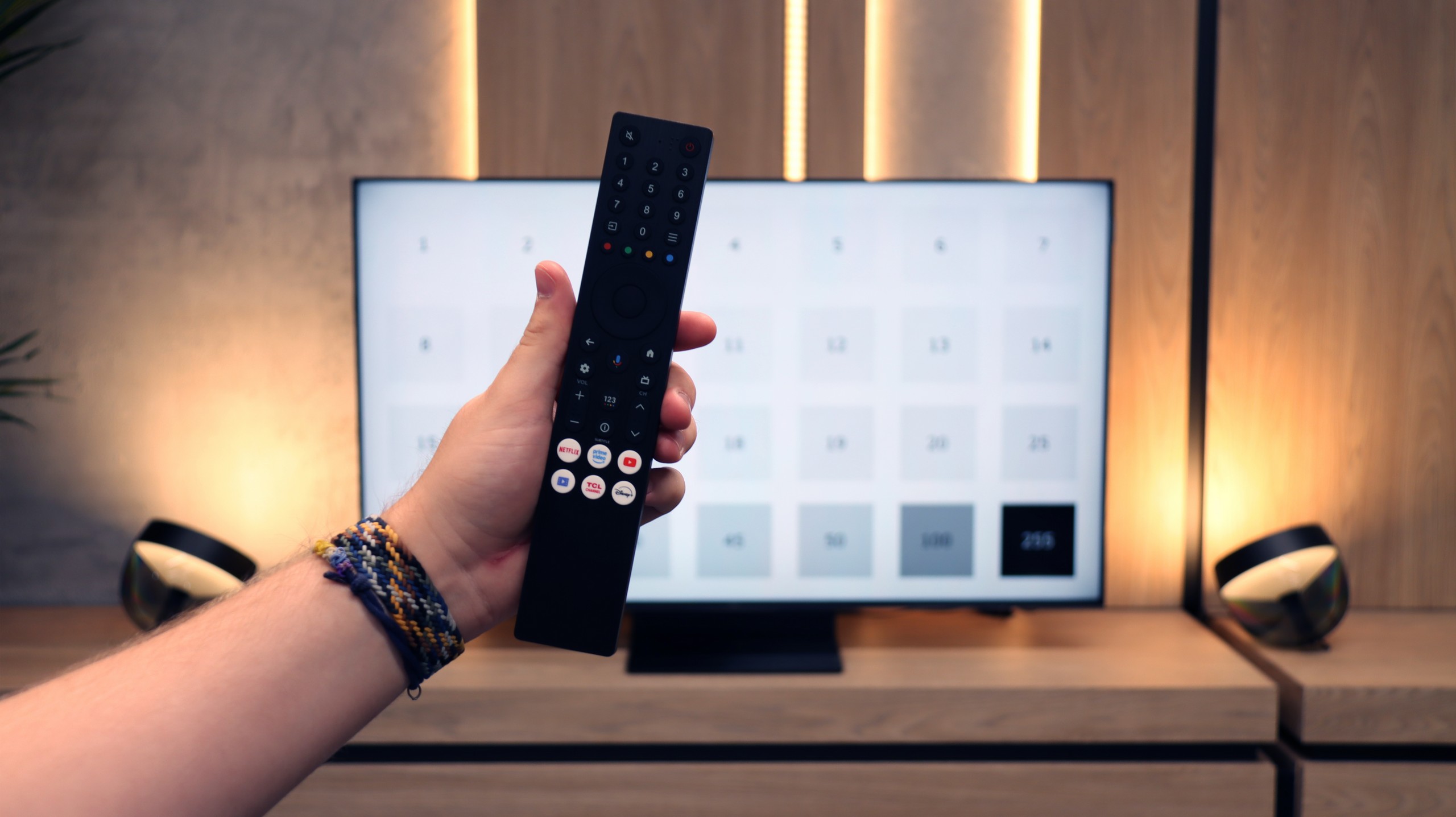
Features of the Classic S85F TV
The S85F was not really designed with fans of classic television in mind. We won’t find PiP functionality here (which is a bit surprising, because Samsung usually offers it) nor the ability to record programs to USB from the built-in tuners. Fortunately, the basics are present – teletext and a clear channel guide – so this is more than enough for regular, everyday viewing. The included remote, although simple at first glance and lacking a numeric keypad, allows for the control of multiple devices. This means that when connecting, for example, a Canal+ decoder, you don’t need to have two remotes on the table – the one from the television is sufficient.
SmartTV S85F: Tizen
The smart part is a completely different story. Tizen is one of the most advanced operating systems in televisions. It works efficiently, supports all popular internet functions – from screen mirroring, through AirPlay, to voice search. The strongest aspect of Tizen is its integration with the SmartThings app, which can act as a control center for the entire home. Of course, like any closed system, Tizen has its limitations – for instance, a smaller application library compared to GoogleTV. However, looking at the current list of available applications, it’s hard to pinpoint anything that might actually be lacking.
SmartTV: GoogleTV
The biggest strength of the TCL C7K in everyday use is undoubtedly the Google TV system. Thanks to it, we have access to an almost endless library of applications, including those more niche ones that are often unavailable on other platforms. The built-in Google Assistant understands Polish, so we can easily ask what is on TV, what the weather is like, and even issue a few voice commands to control the television. We also have to appreciate the presence of Chromecast and AirPlay, which work smoothly and make life easier.
Usability Features
On the downside, the classic features perform a bit worse. Of course, we will find the basics here – teletext, EPG, or the ability to connect headphones – but that's basically it. There is a lack of USB recording functionality and picture-in-picture (PiP) mode, which can still be found with the competition at times. It is also worth noting that Google TV in the TCL version can sometimes have oddly translated fragments of the menu or minor interface bugs. These are not things that hinder everyday use, but detail-oriented people might notice them.
Playing files from USB
9.1/10
9.2/10
Supported photo formats:
Maximum photo resolution:
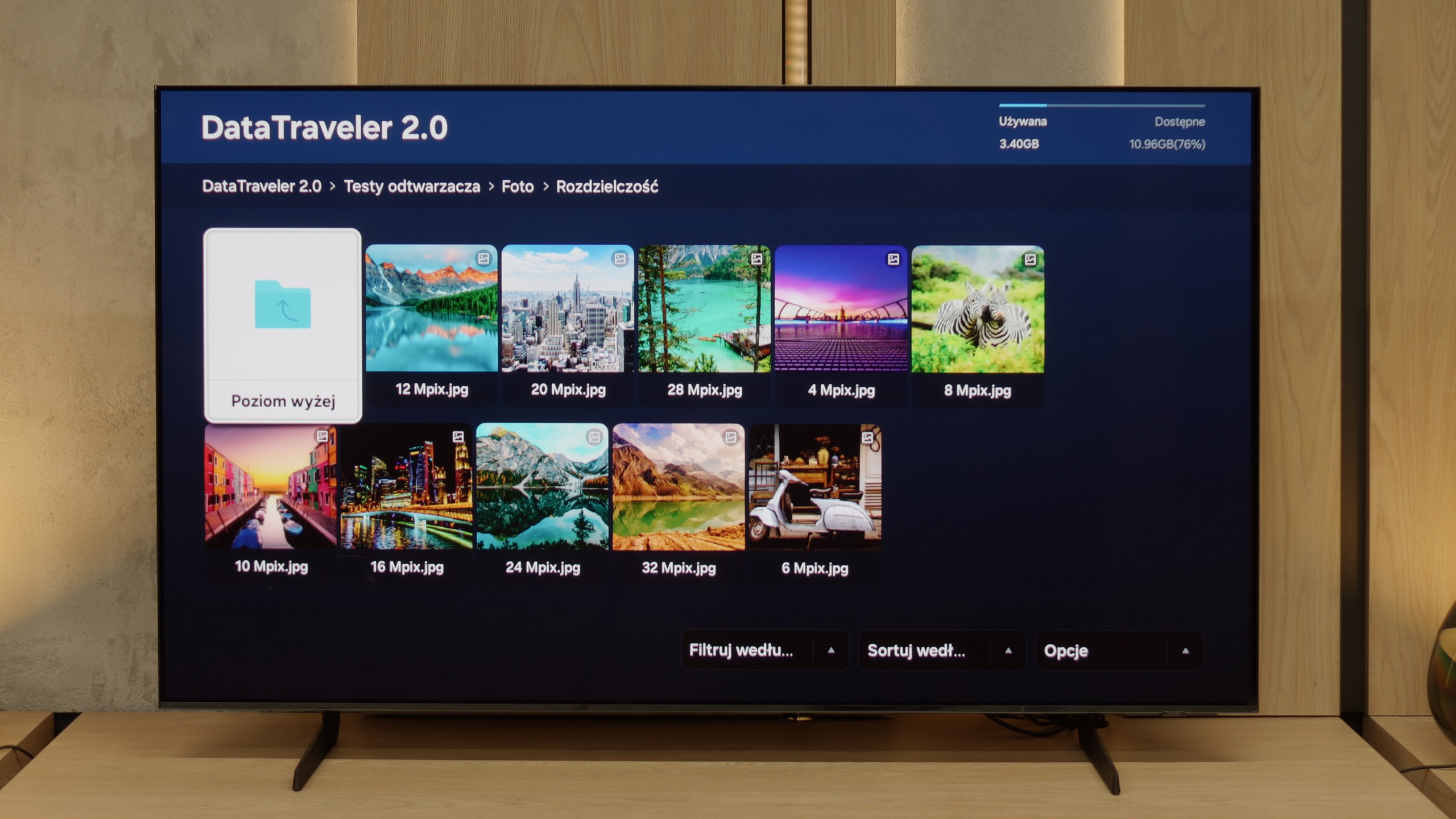

The built-in media player in the S85F performs excellently – almost everything you plug into a USB drive or disk will be played back without any issues. Minor gaps occur only with the support for some less common photo formats, but for the vast majority of you, this will be more than sufficient. So it can be confidently said that for home use, the built-in player is more than solid.
The built-in file player in the TCL C7K performs really well. It supports most popular audio and video formats, so if we want to quickly load something from a USB drive and play it, there shouldn't be a problem. Of course, as is often the case, there can be some minor shortcomings – not every exotic codec will work (Apple's HEIC), not all subtitles will be perfectly synchronized (txt.). However, the biggest advantage of this television comes to the rescue, which is Google TV. Thanks to access to the Google Play Store, we can easily install an alternative player, such as VLC, and then no file will be a challenge for us.
Apps
8.7/10
9.6/10














































Sound
7.2/10
7.7/10
- Subjective sound quality:7.2/107.7/10
- Dolby Digital Plus 7.1:
- Dolby True HD 7.1:
- Dolby Atmos in Dolby Digital Plus (JOC):
- Dolby Atmos in Dolby True HD:
- DTS:X in DTS-HD MA:
- DTS-HD Master Audio:
Built-in speakers with a power of 20 W on paper may not make a big impression, but in practice, the S85F can surprise. It sounds really pleasant, and at times, you can even catch a hint of bass, which is not a given in this class of speakers. The television does not support the DTS format, which unfortunately has become the standard for most manufacturers by 2025. A nice surprise, however, is the support for Dolby Atmos. Of course, talking about "spatial" sound in the case of two speakers placed at the bottom of the casing would be a bit of an exaggeration, but it's good that Samsung offers such a feature in this model at all.
In larger versions of the C7K (from 55 inches and up), the sound makes an even better impression than in the smallest, 50-inch variant. This is due to the greater number of built-in speakers and additional channels that provide a fuller, more spacious sound. The bass becomes clearer, dialogues gain clarity, and sound effects can truly fill the room.
It's worth mentioning the collaboration between TCL and the Bang & Olufsen brand, which appeared in the 2025 models. Even if we are not a hundred percent sure whether original drivers from the Danish company are working inside, the final effect is surprisingly positive. As far as a TV without an additional soundbar goes, the larger C7K models offer sound that can be enjoyed even during longer movie sessions.


